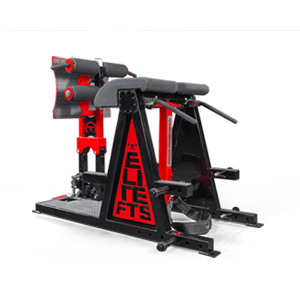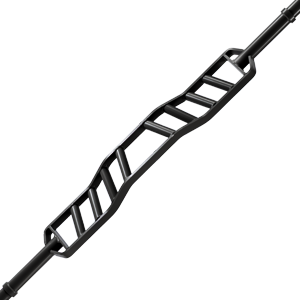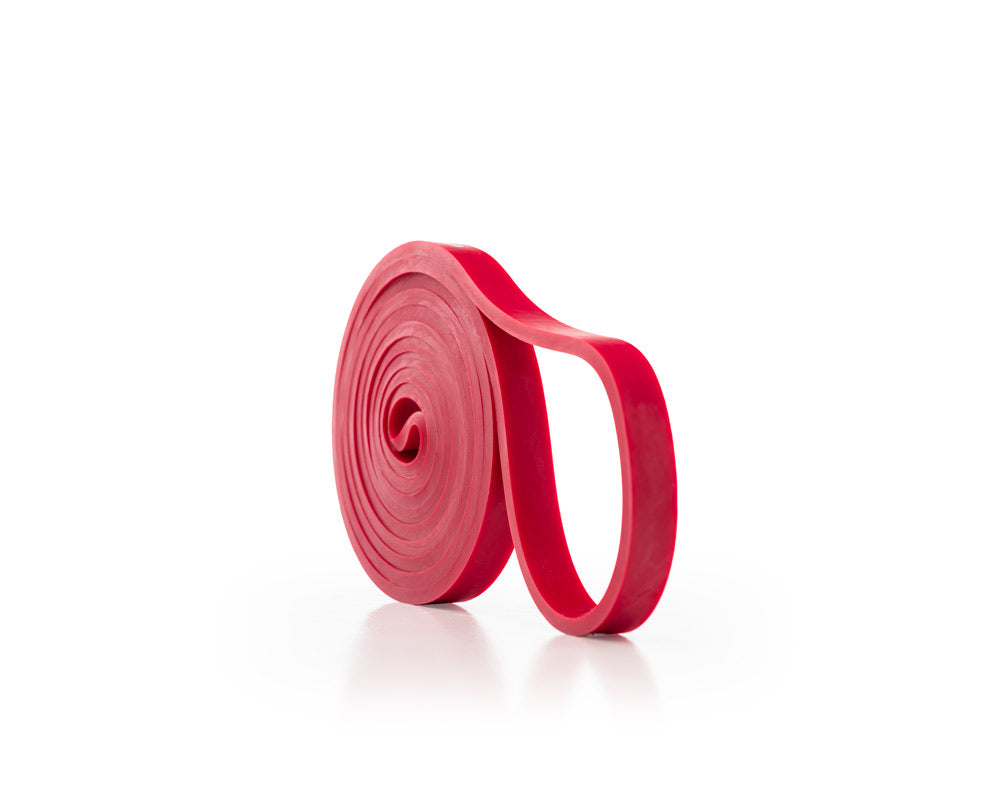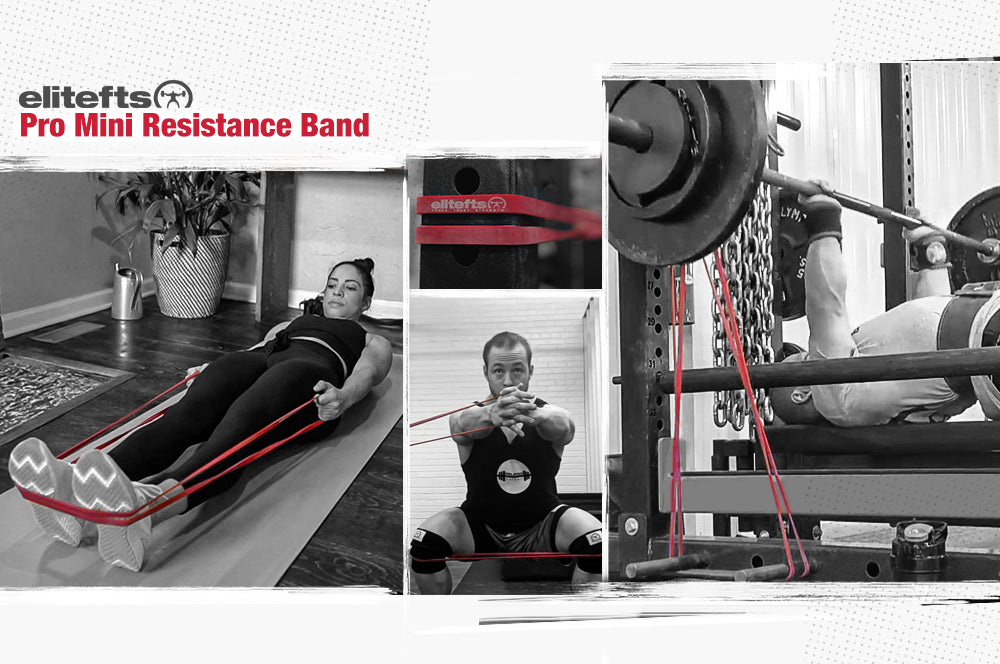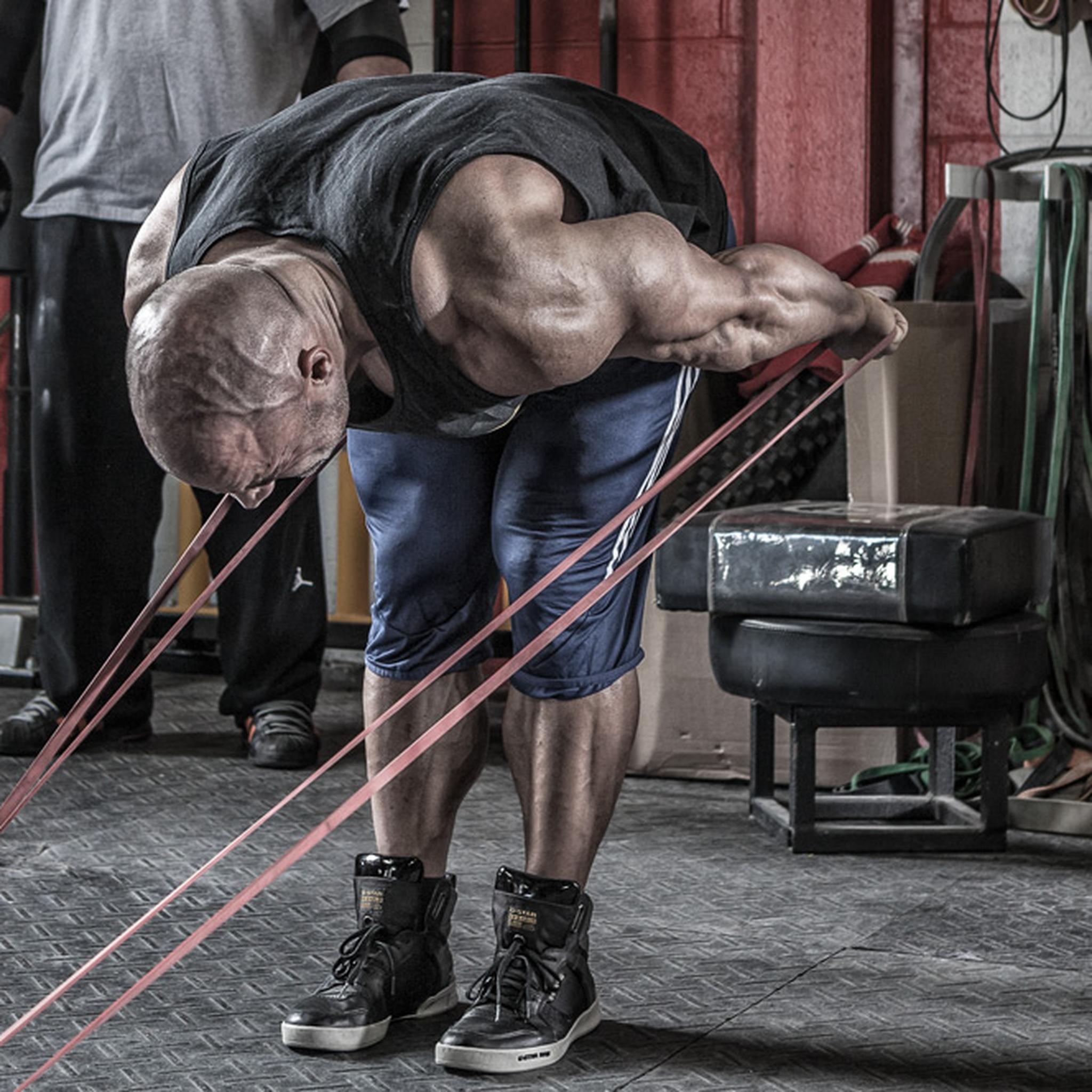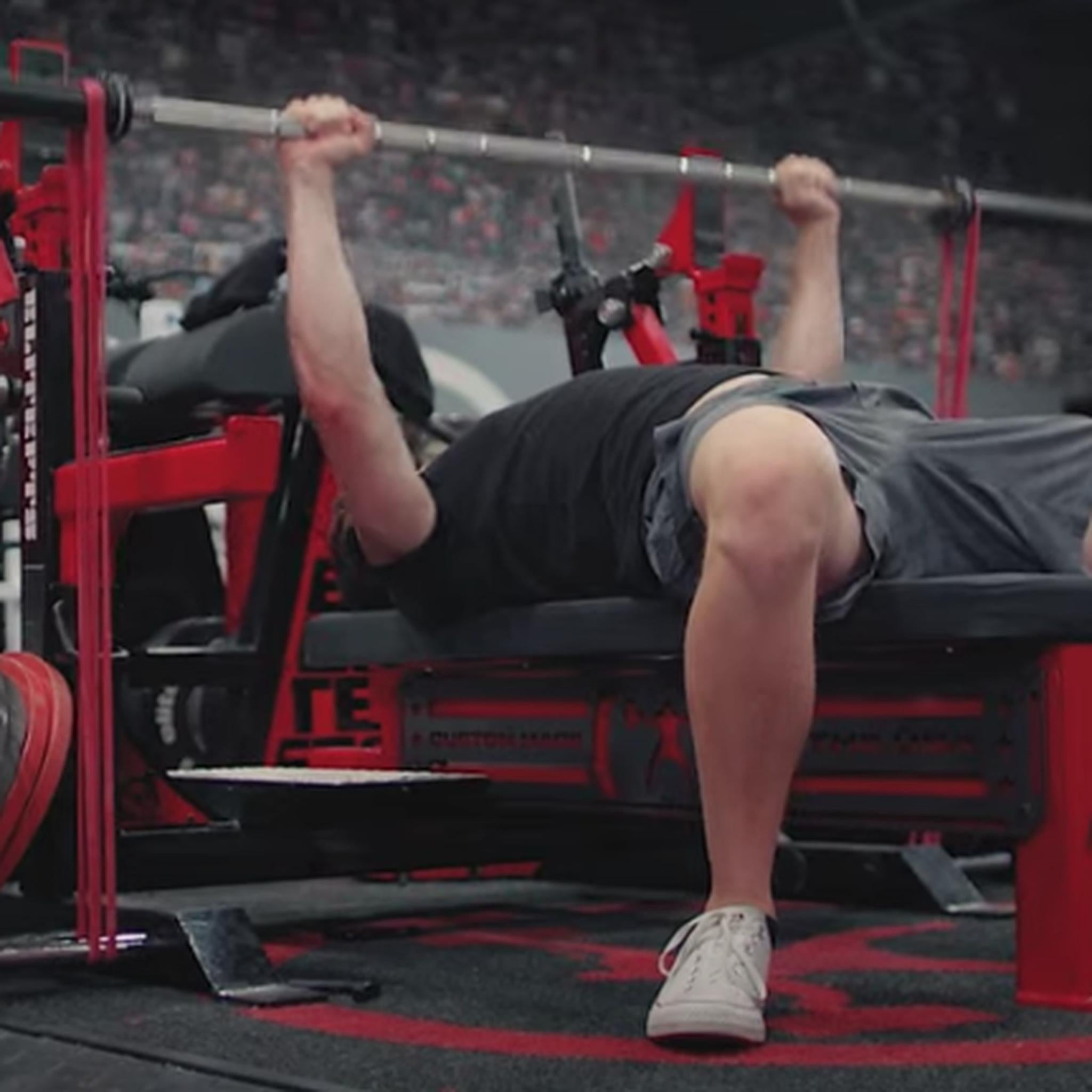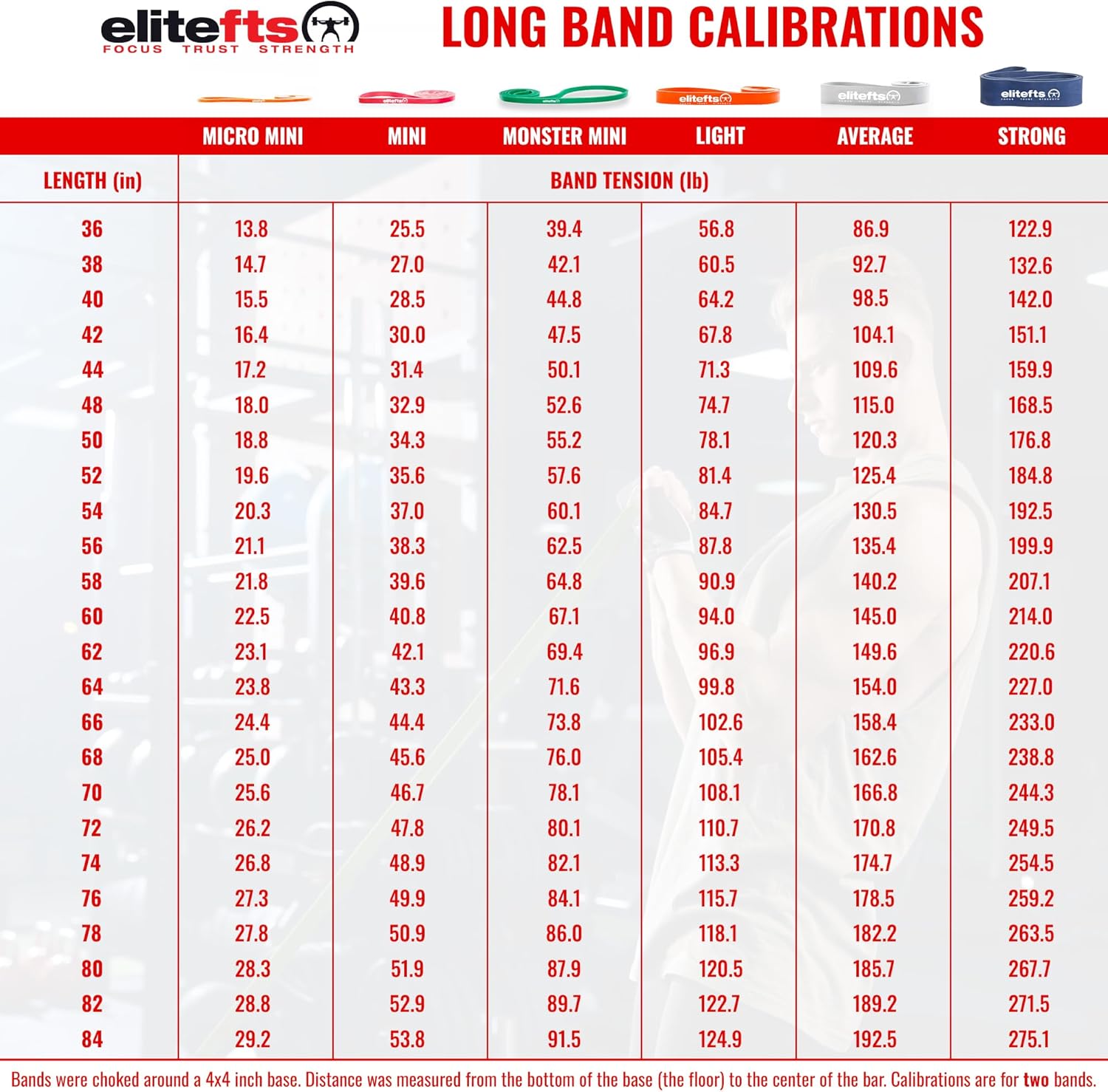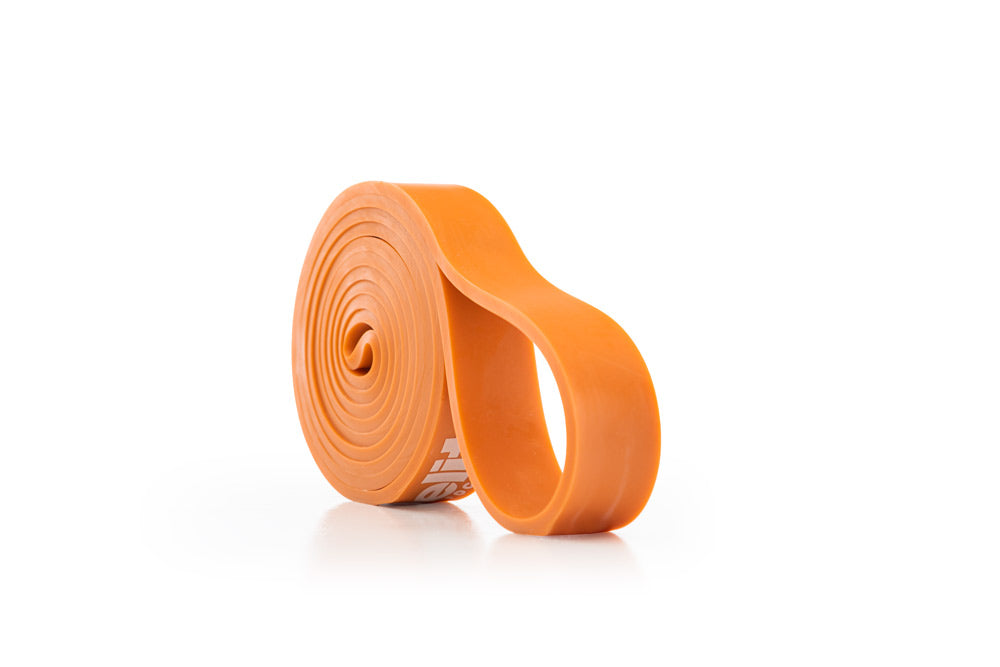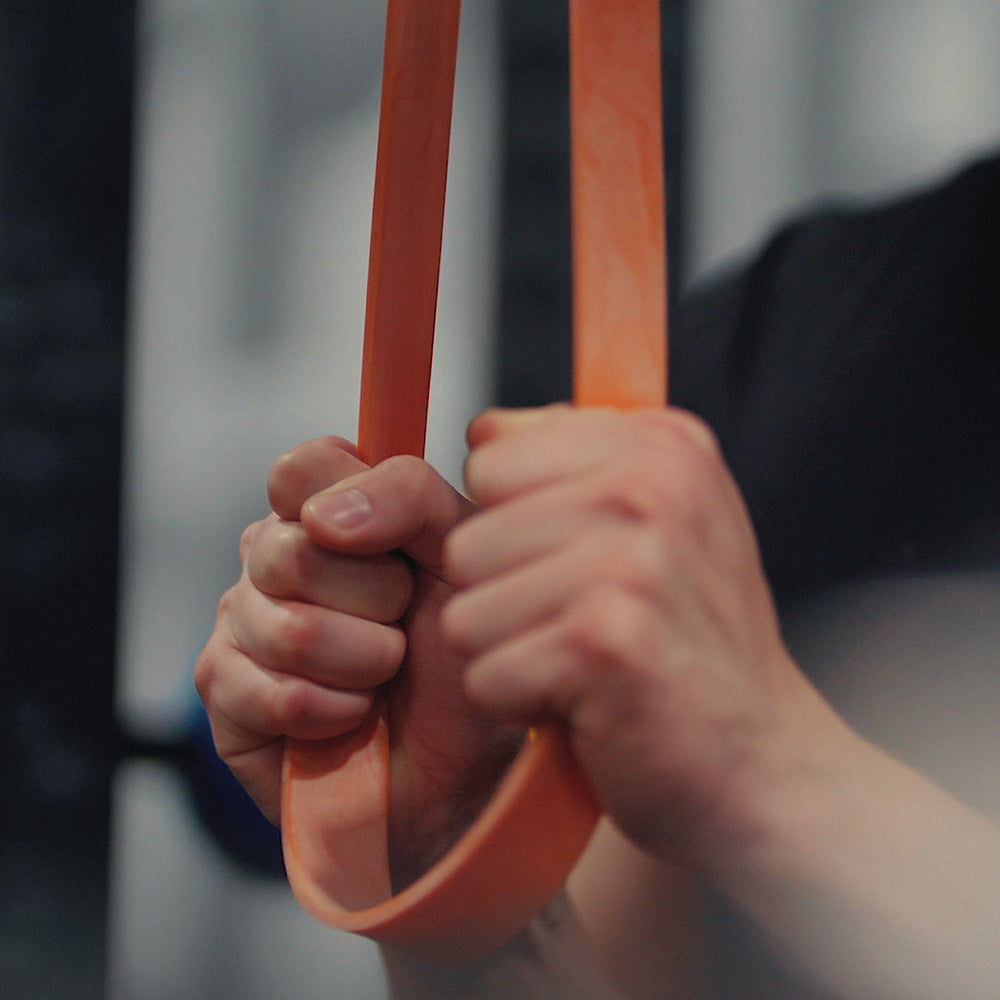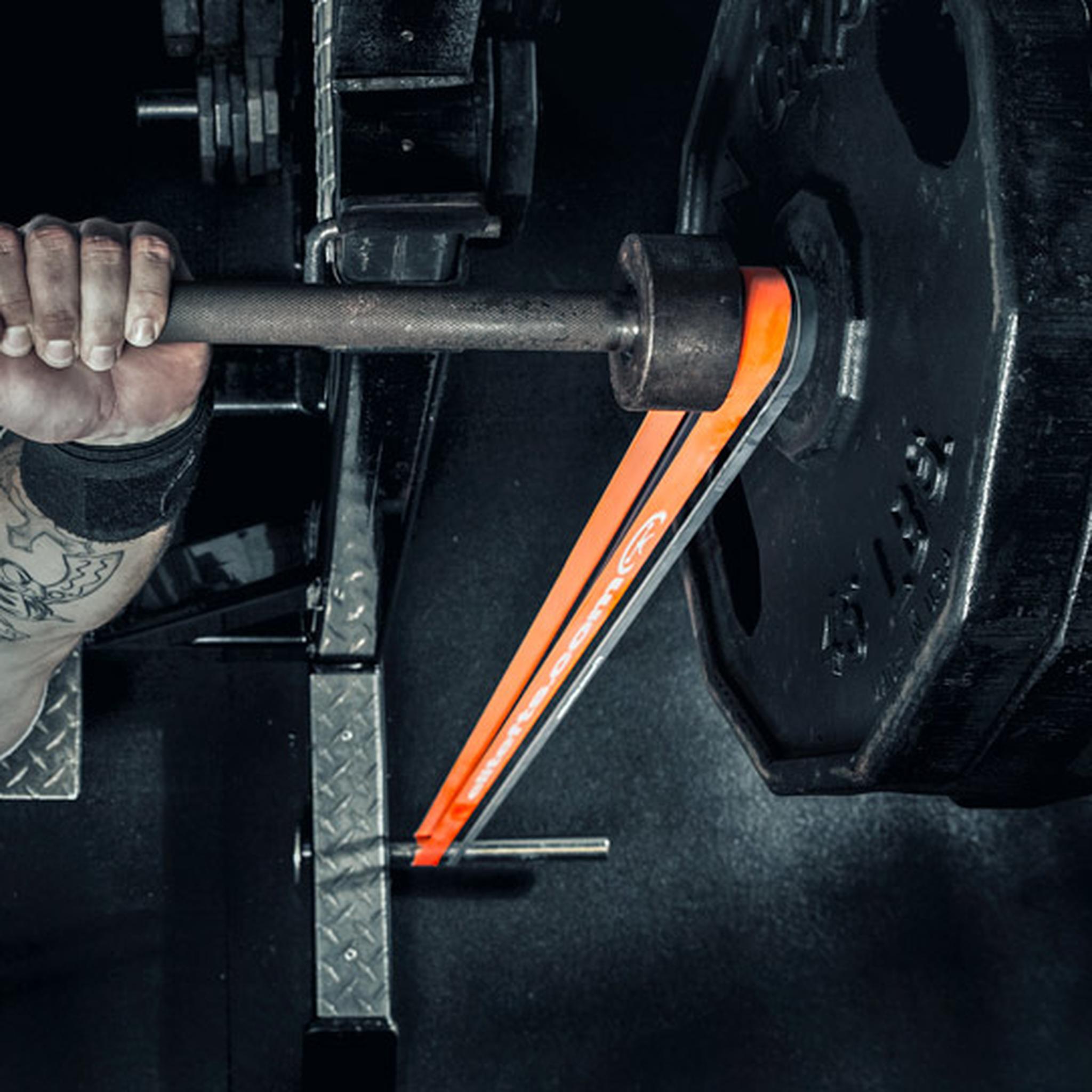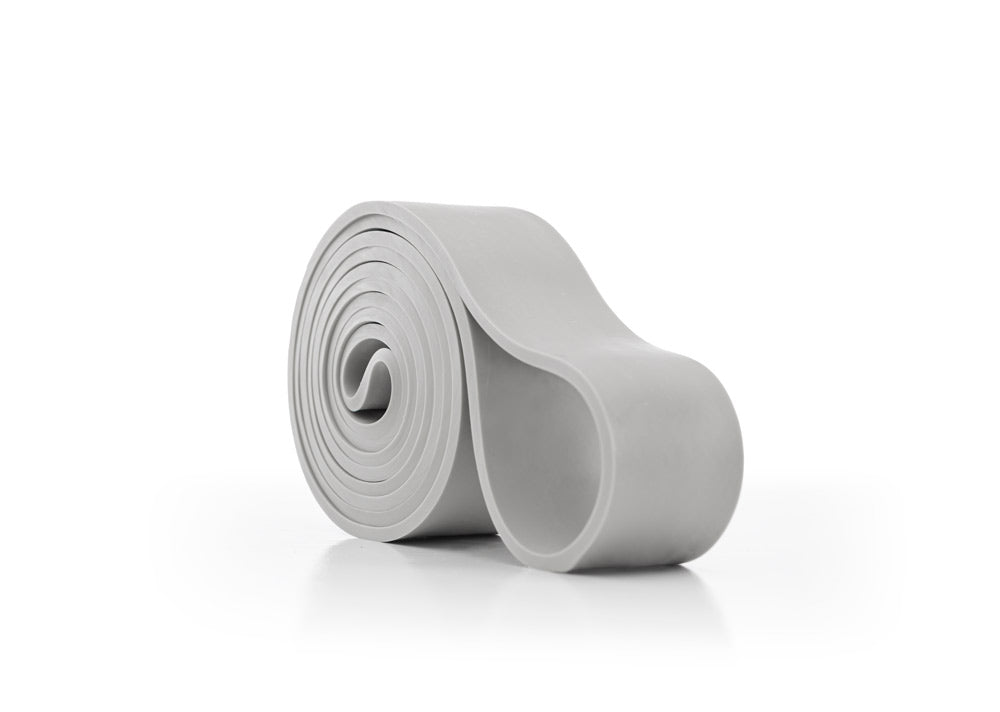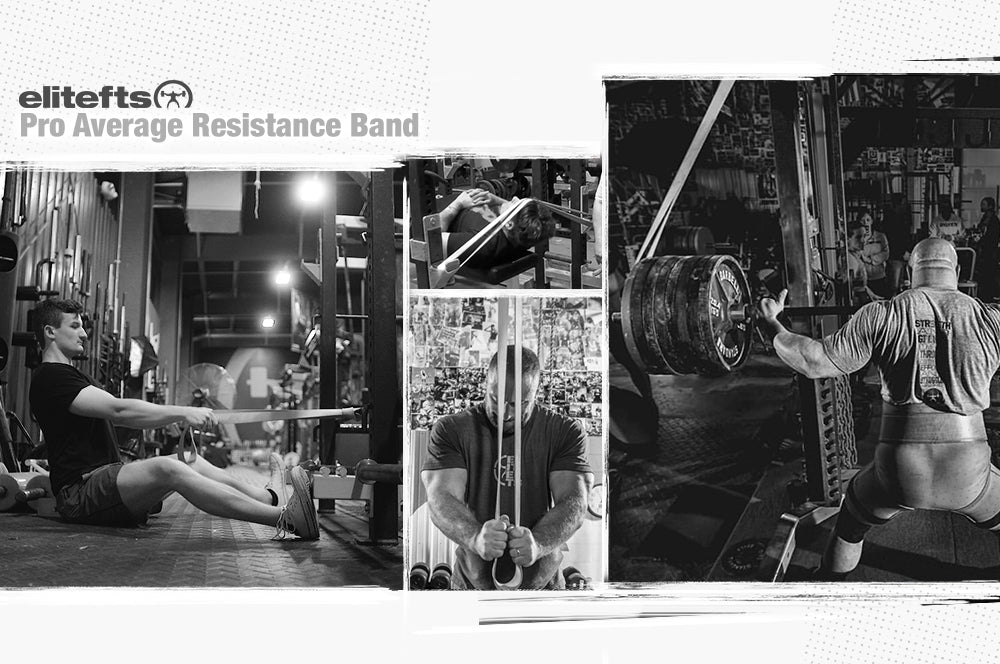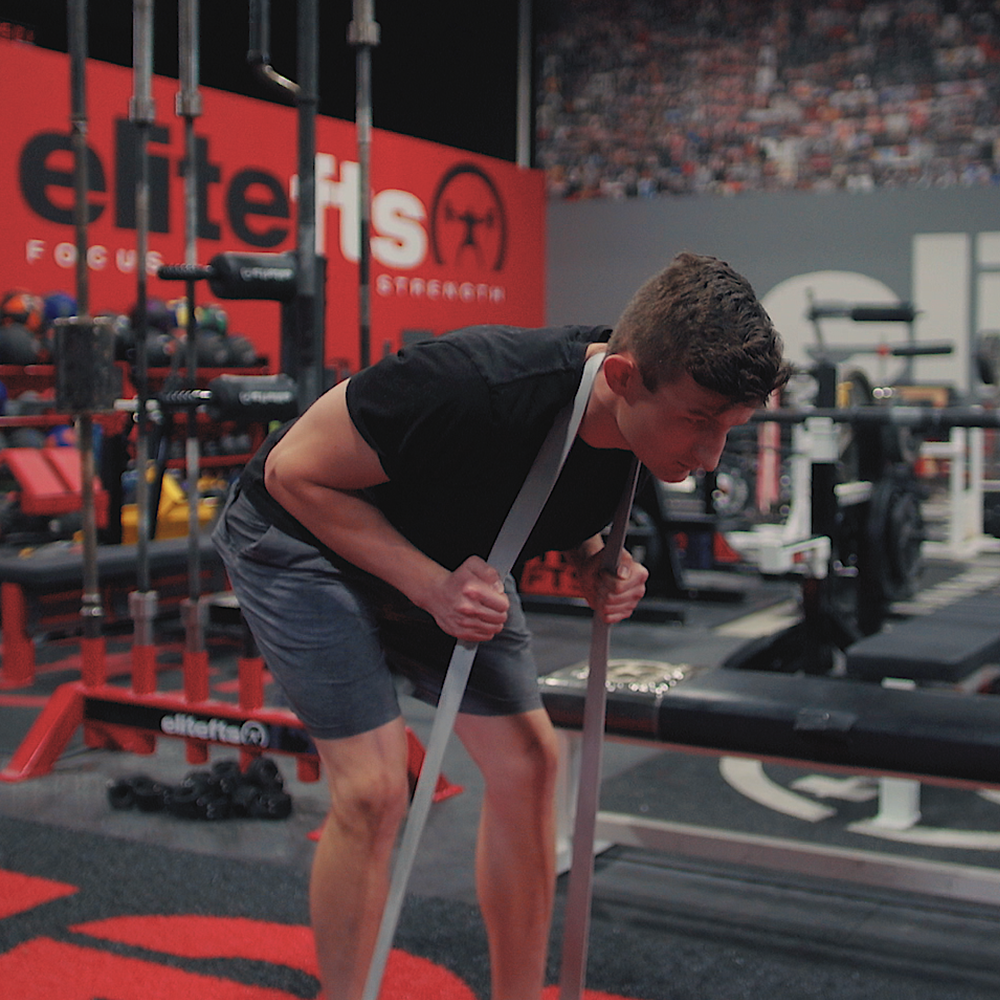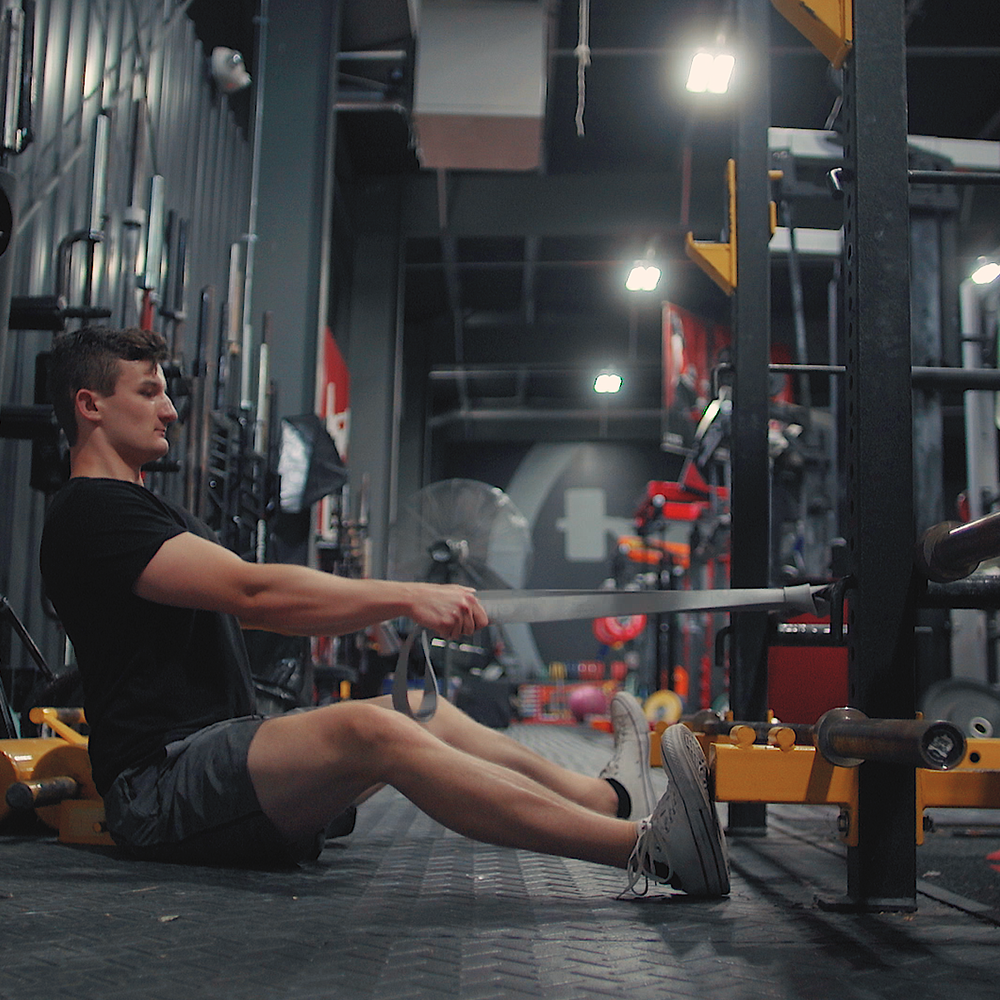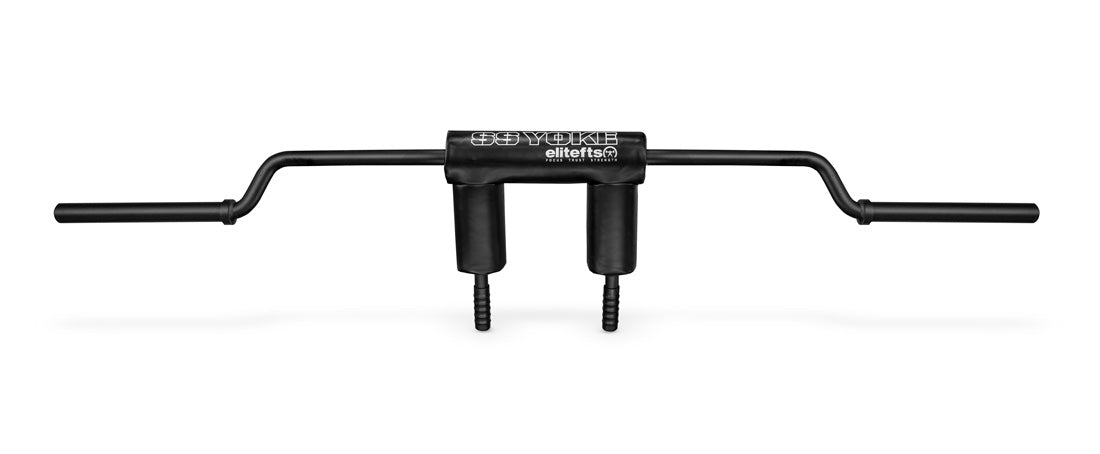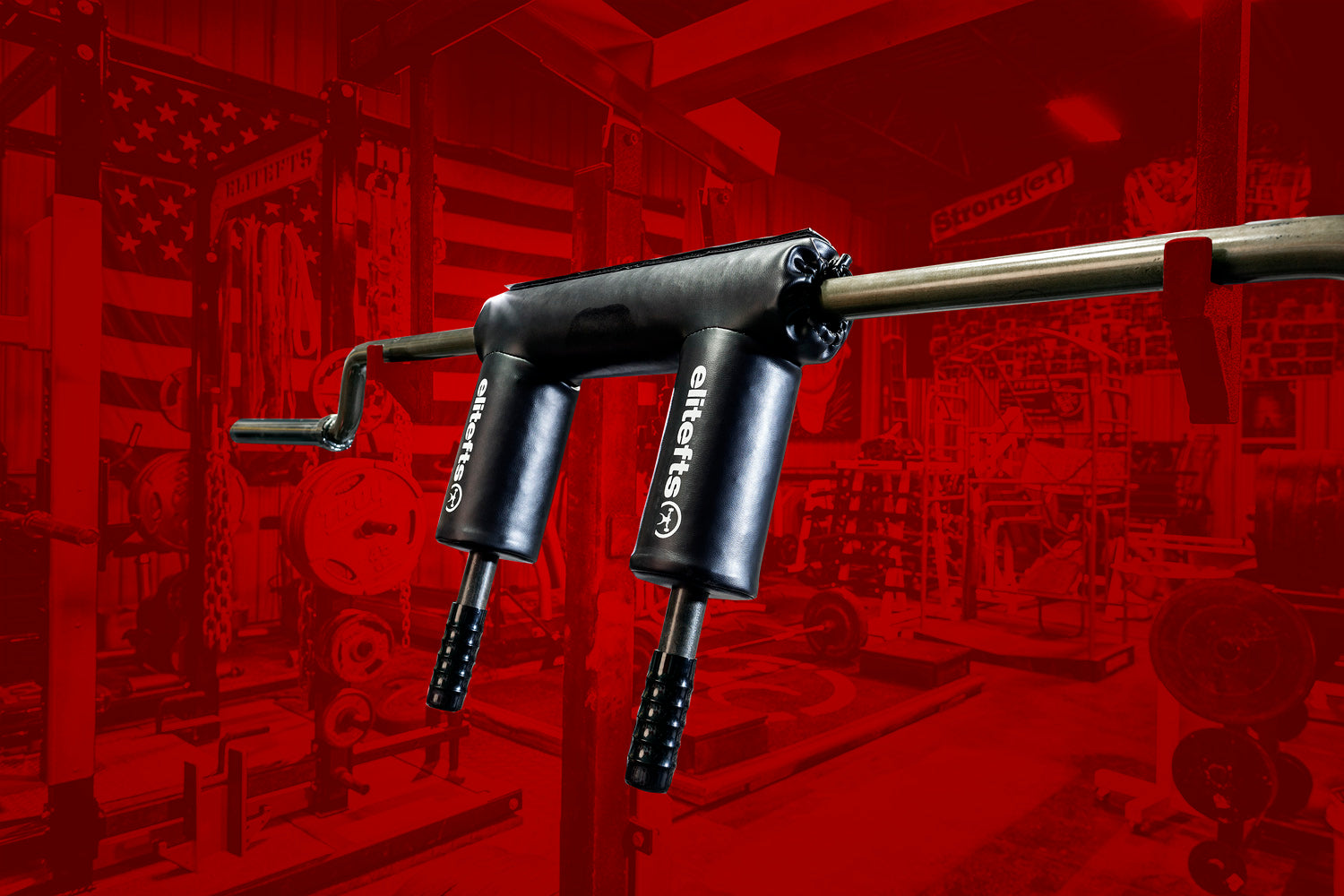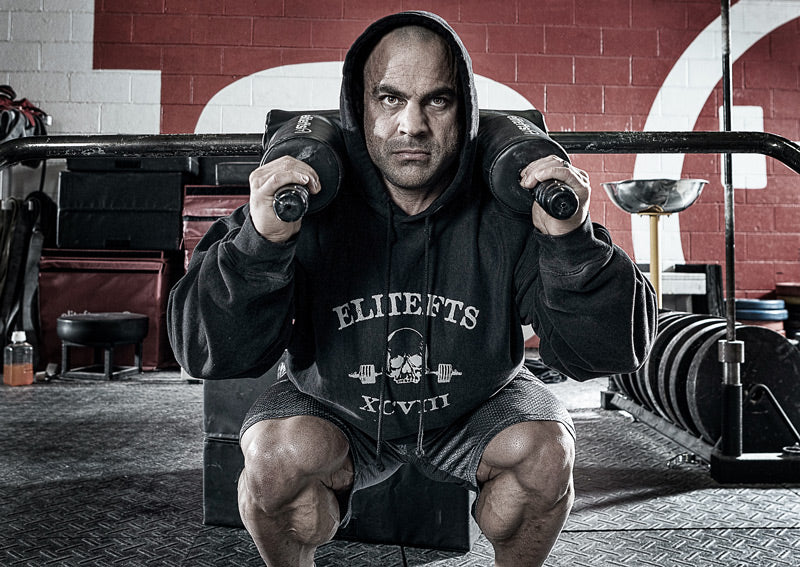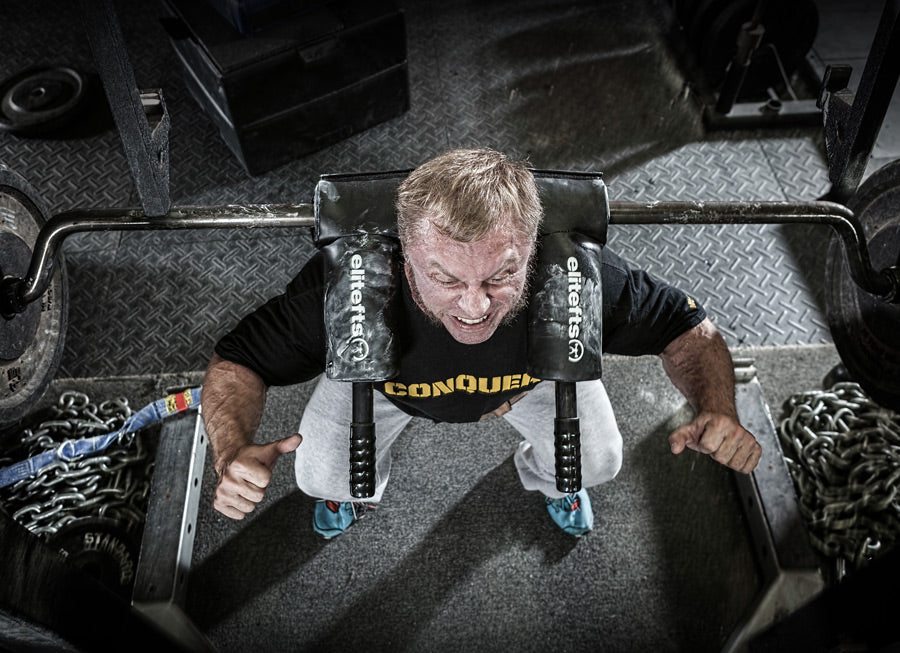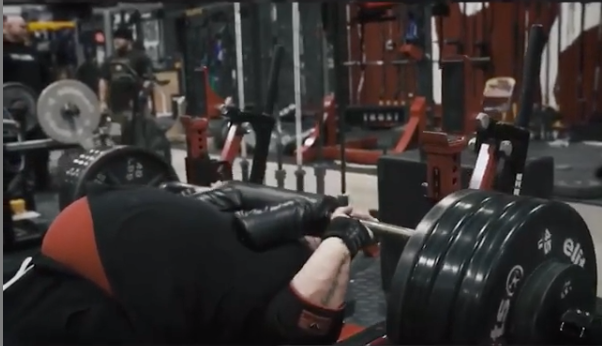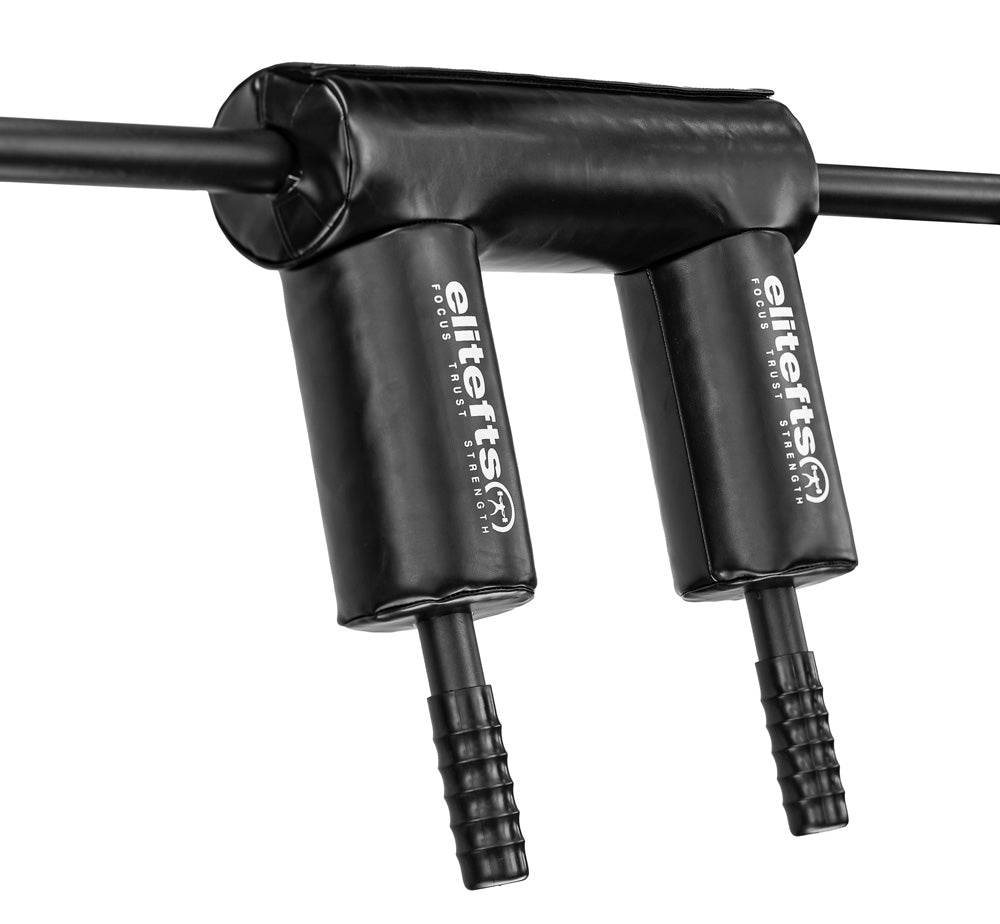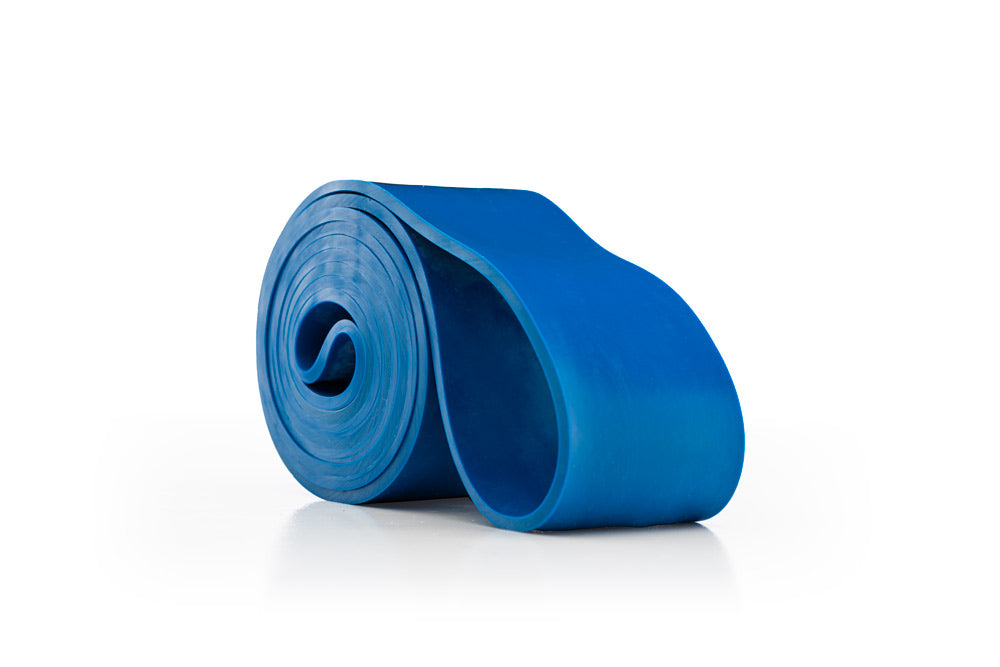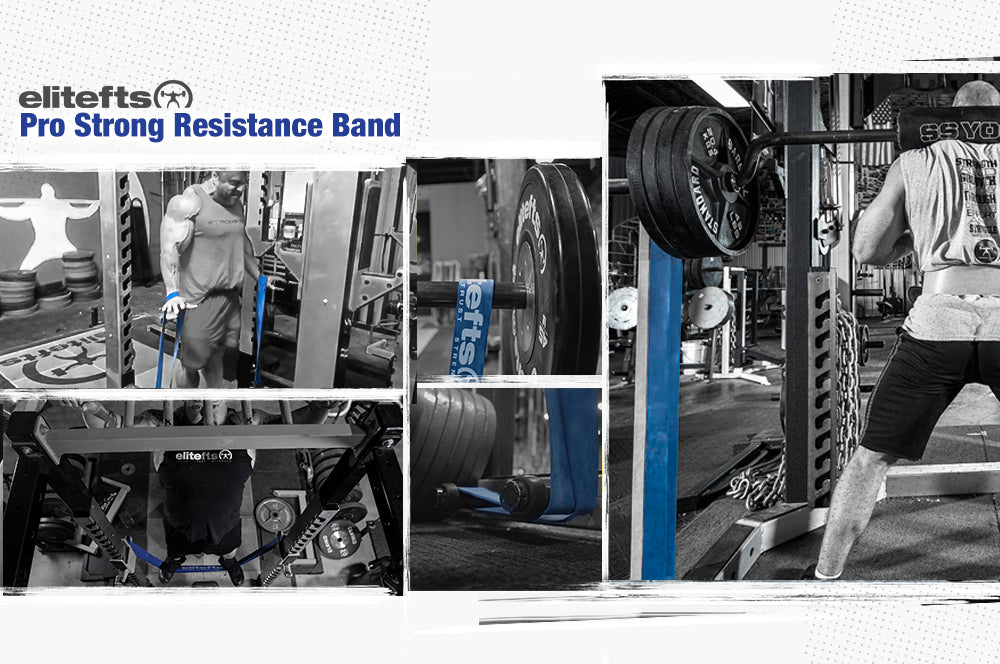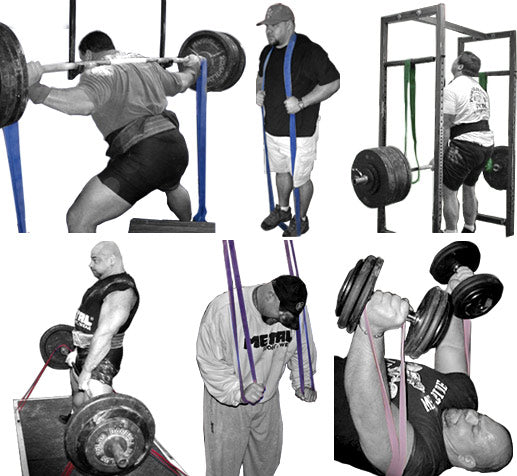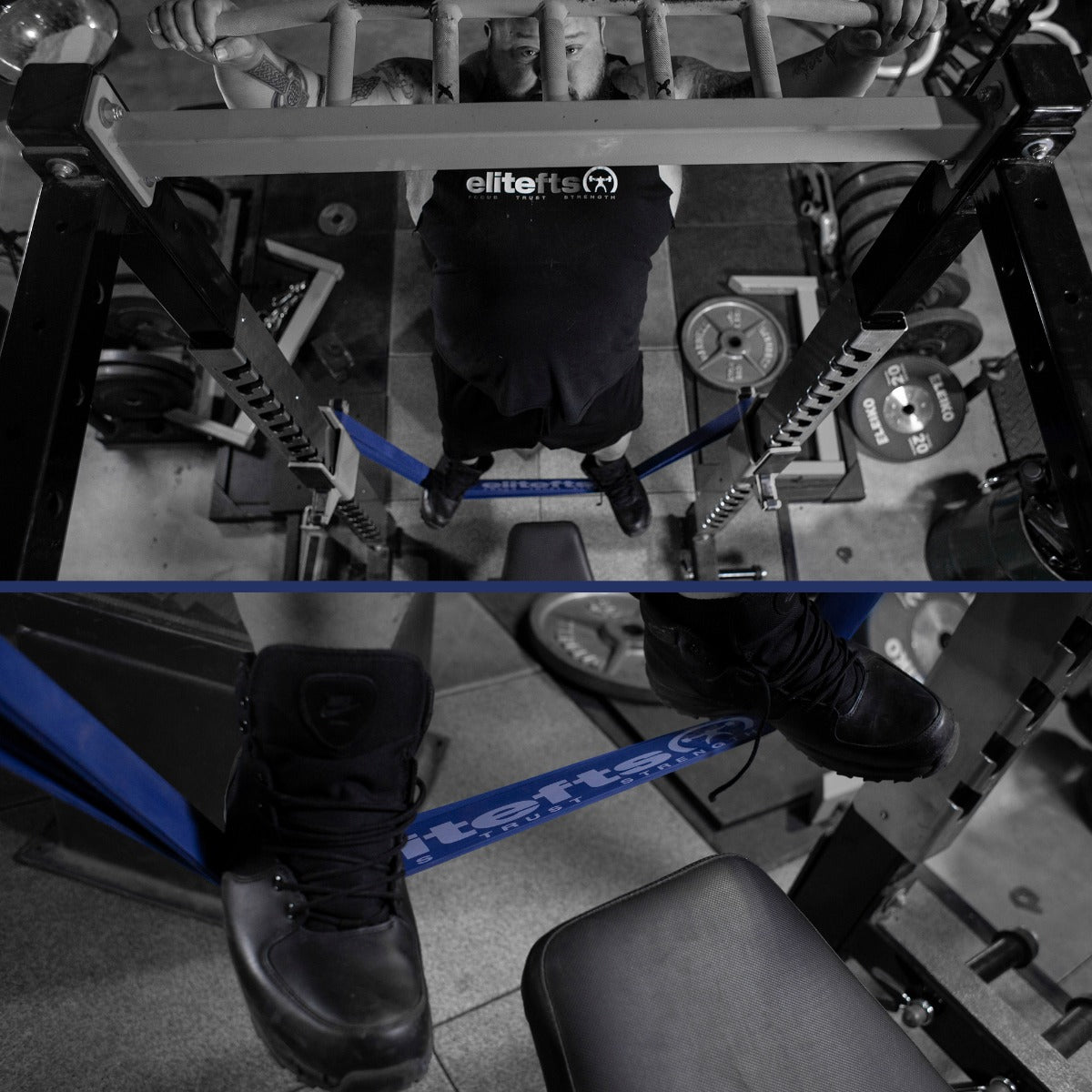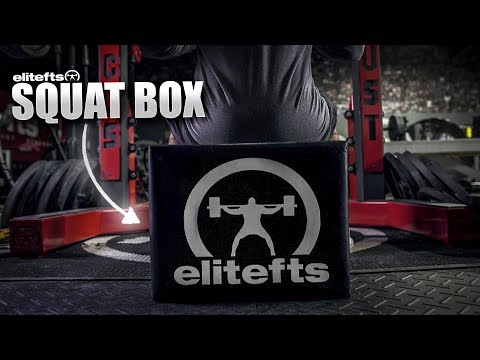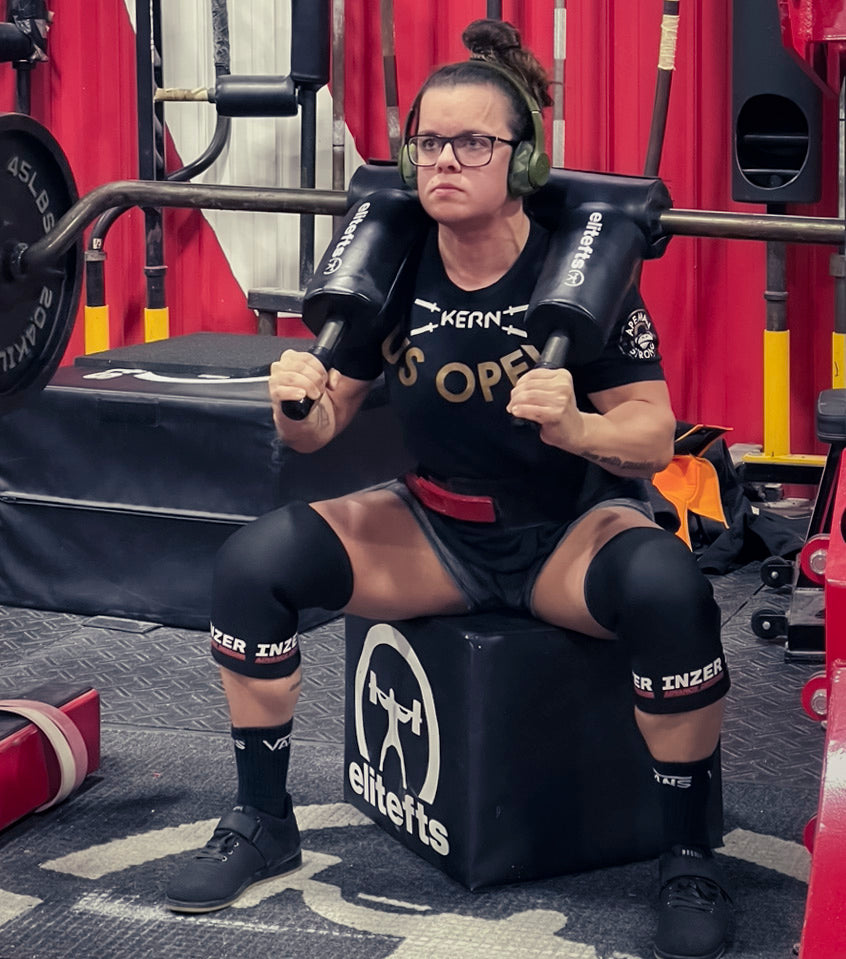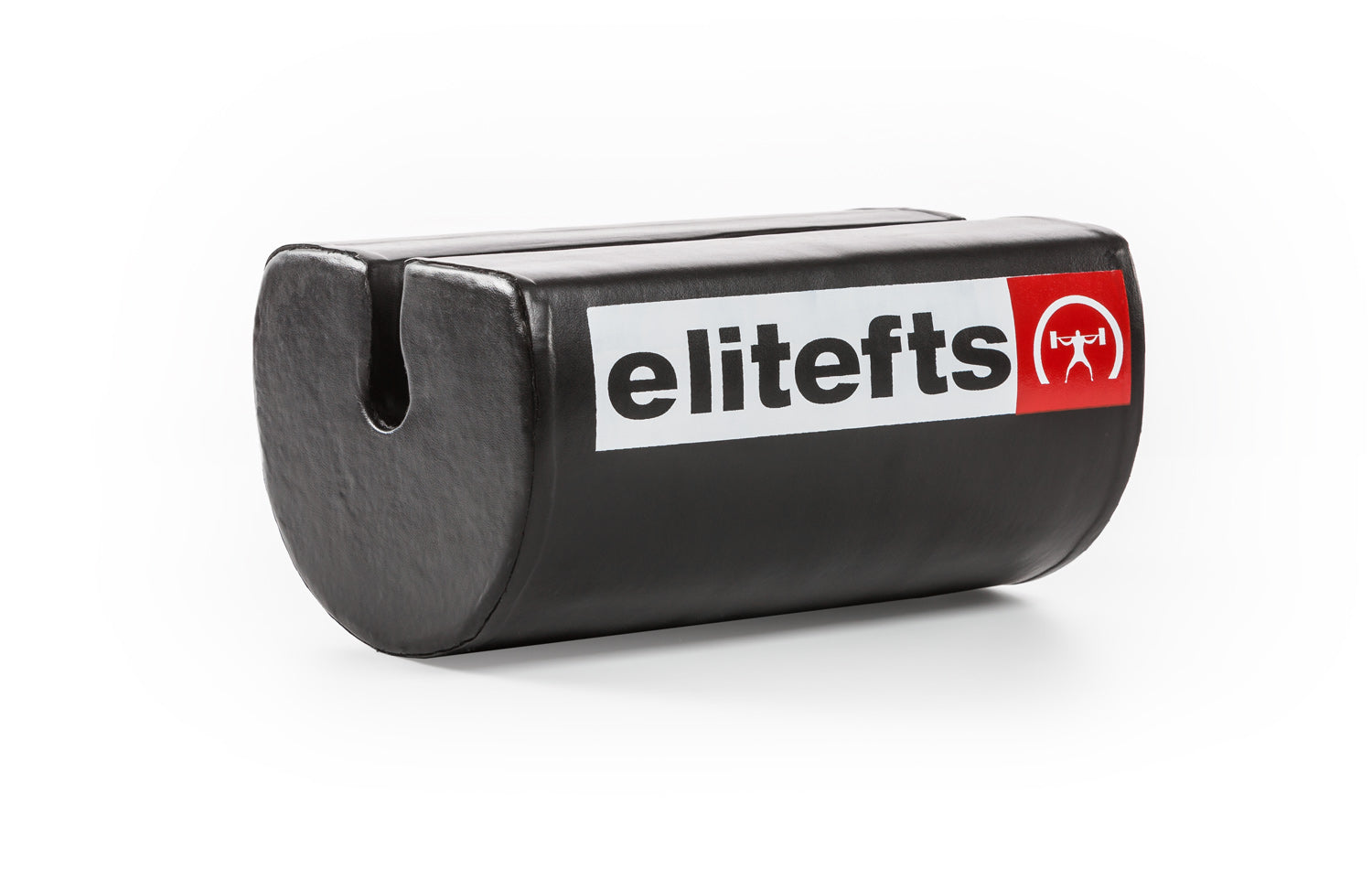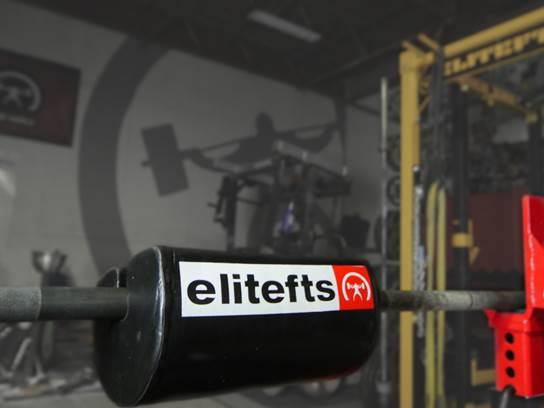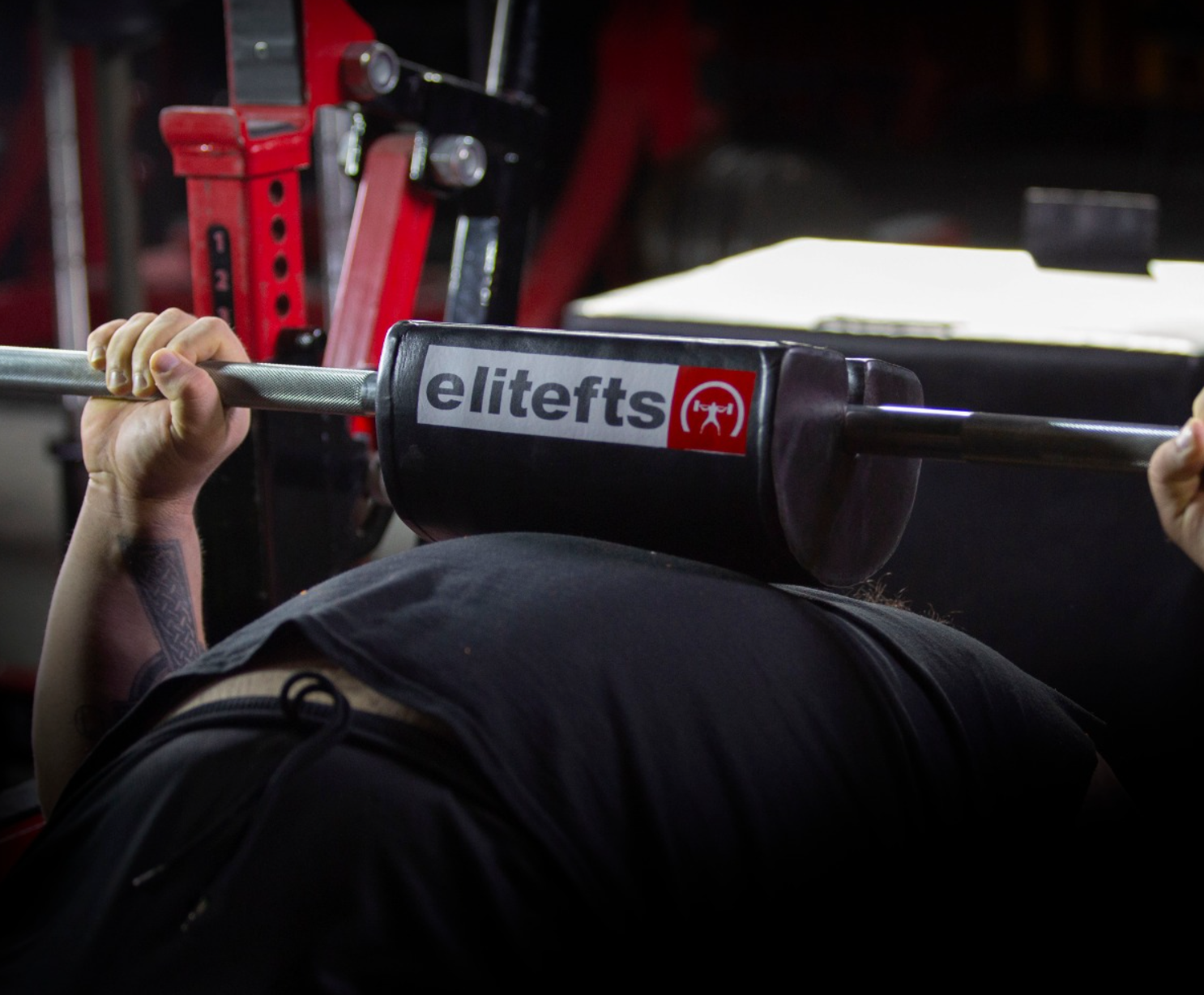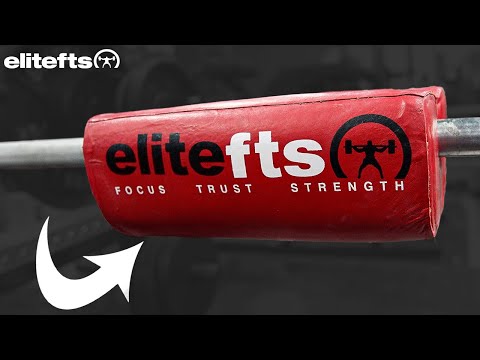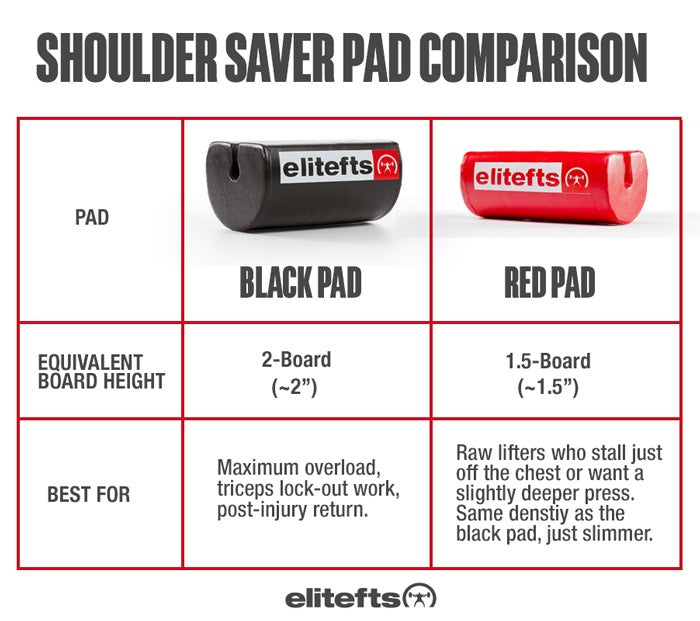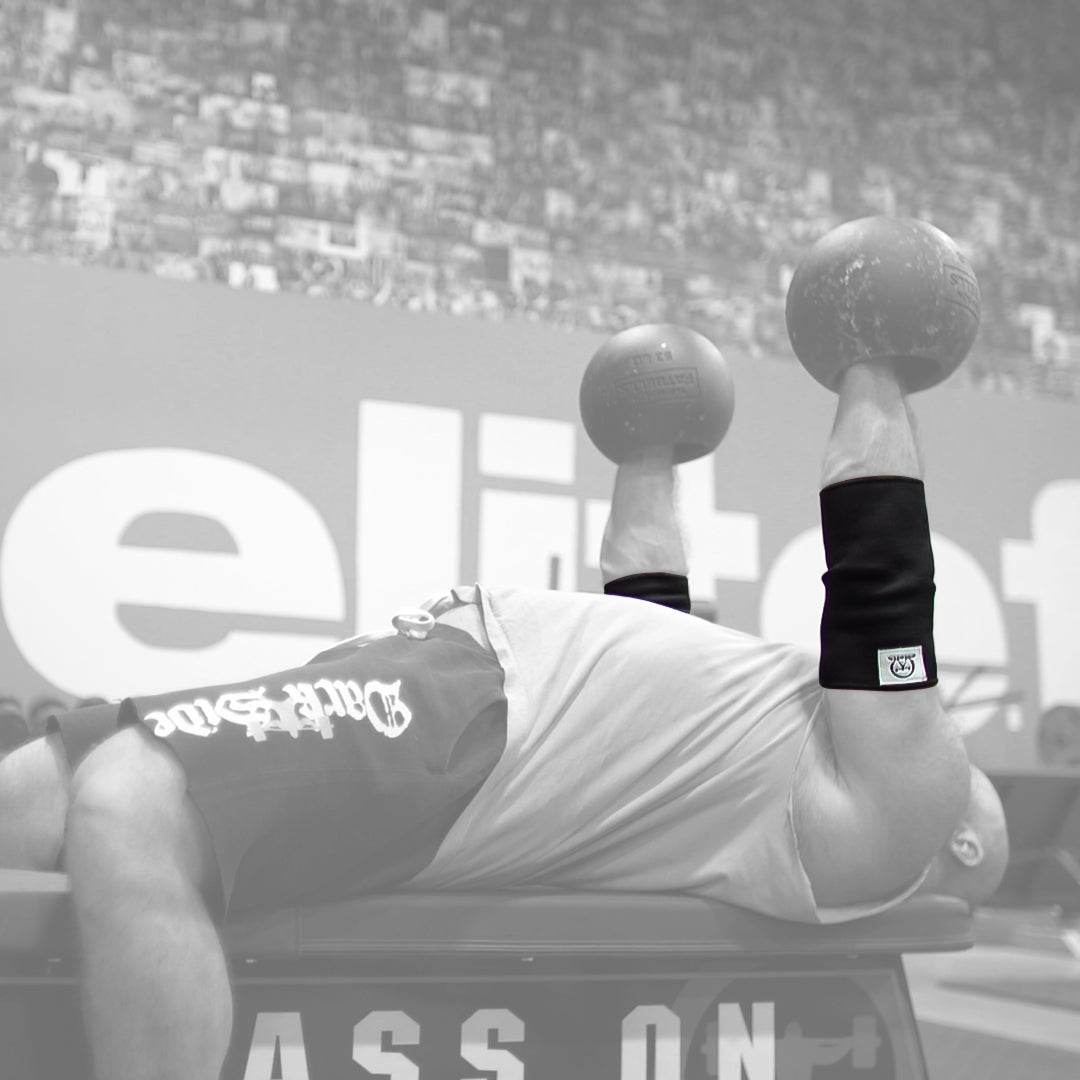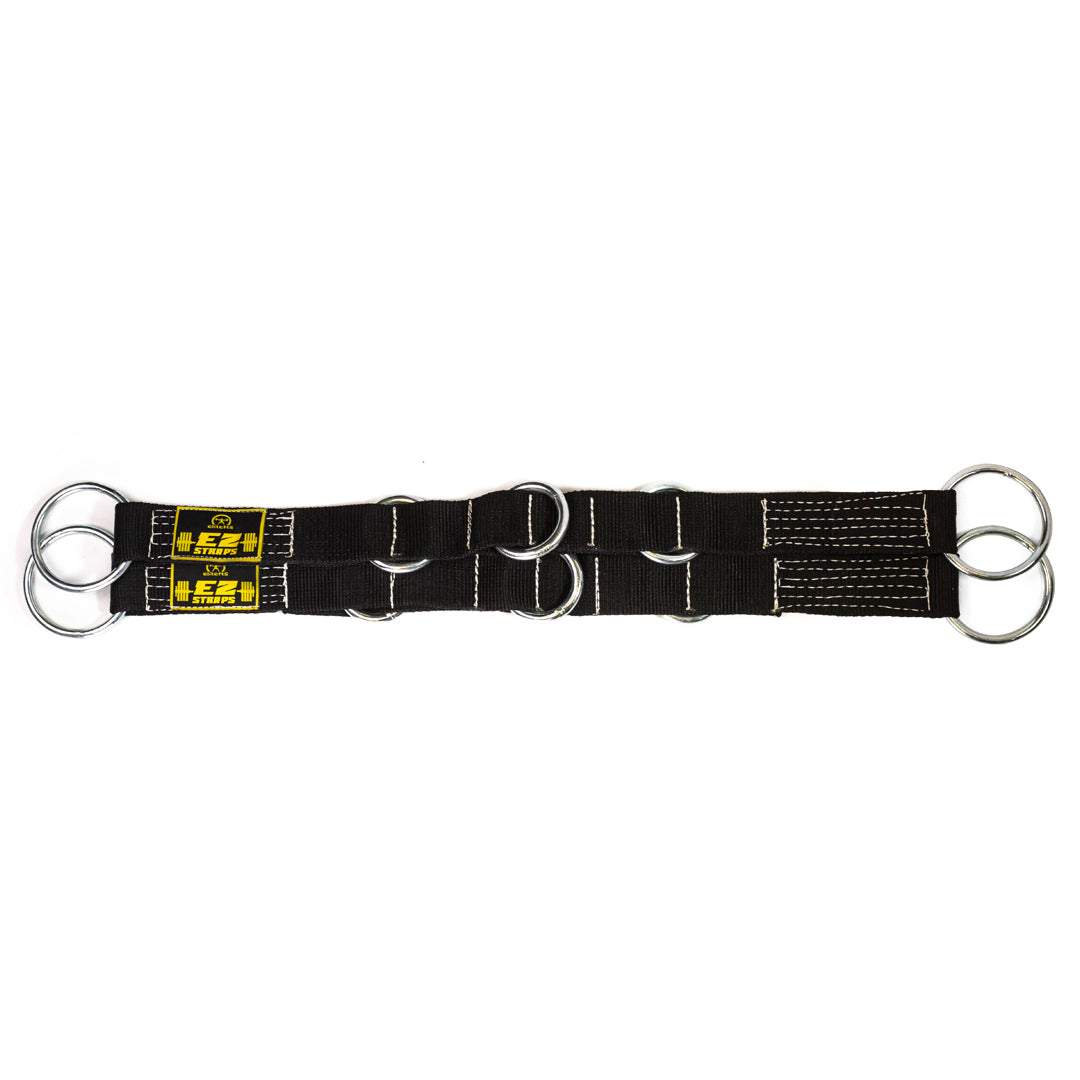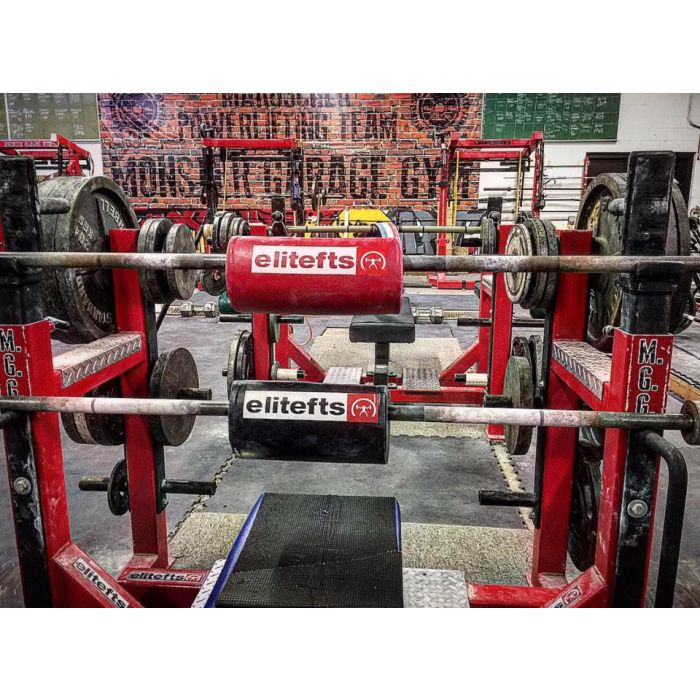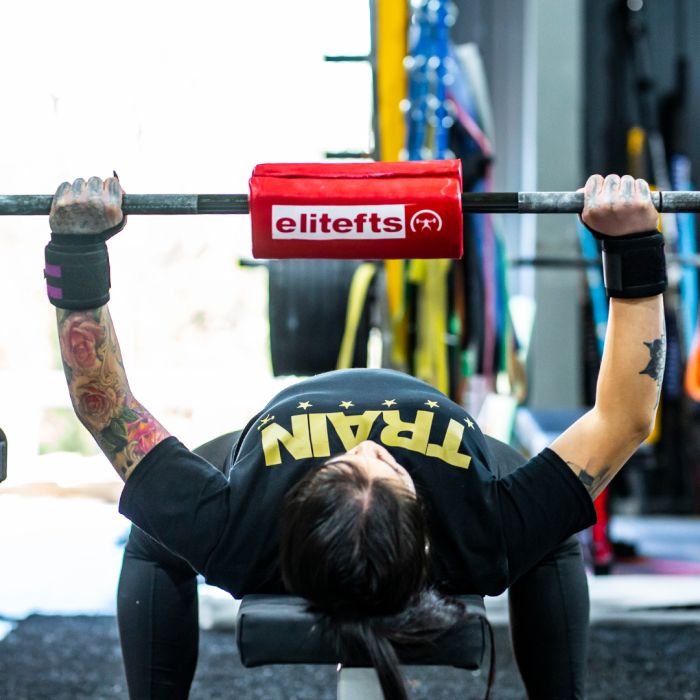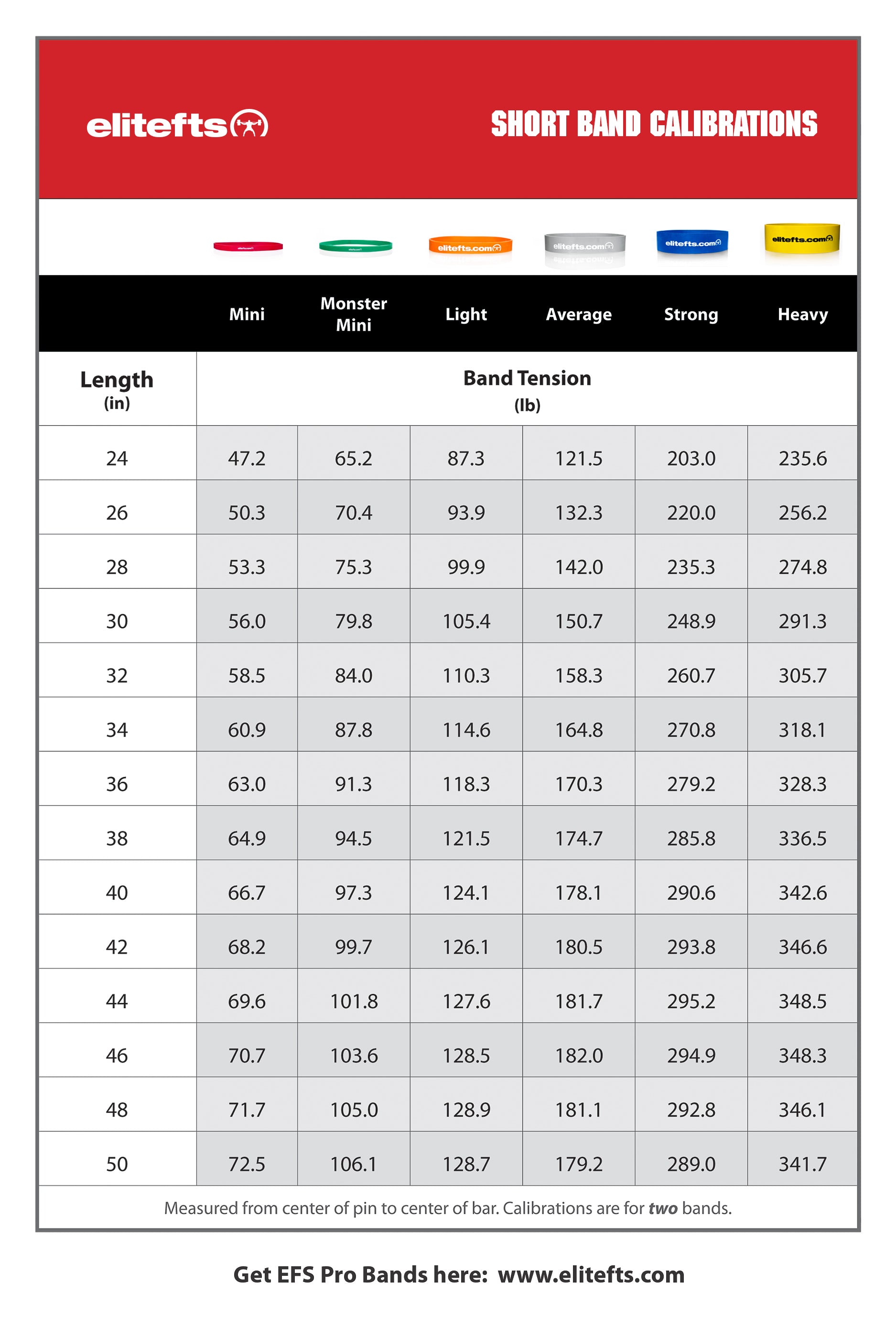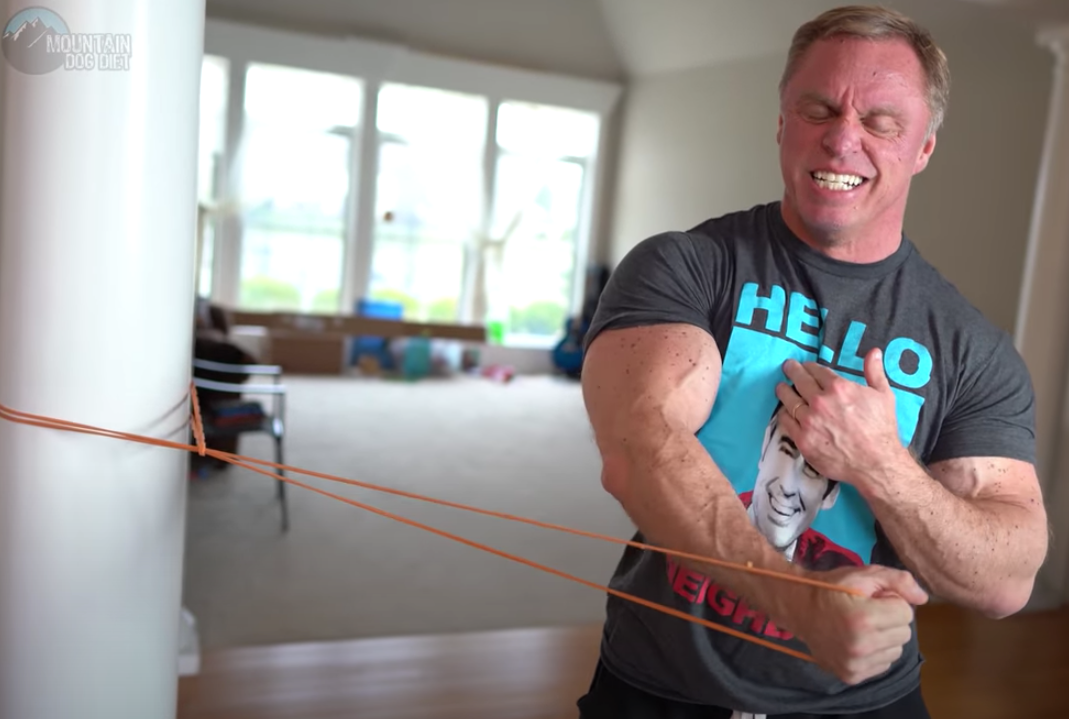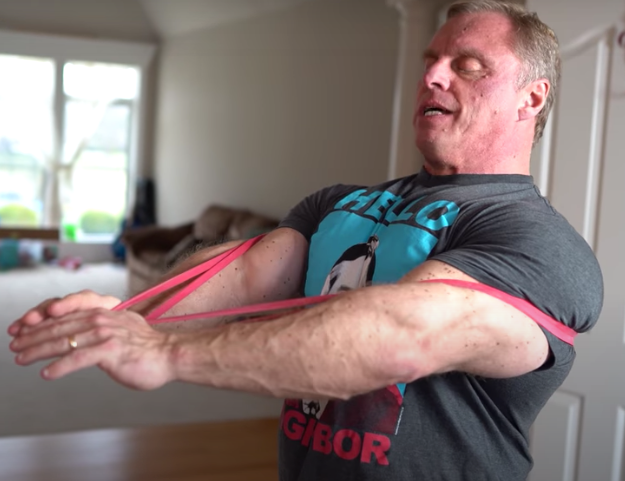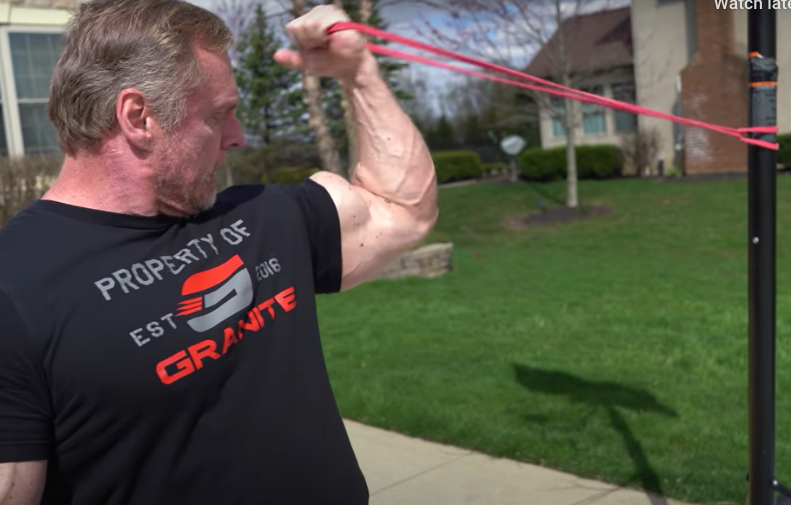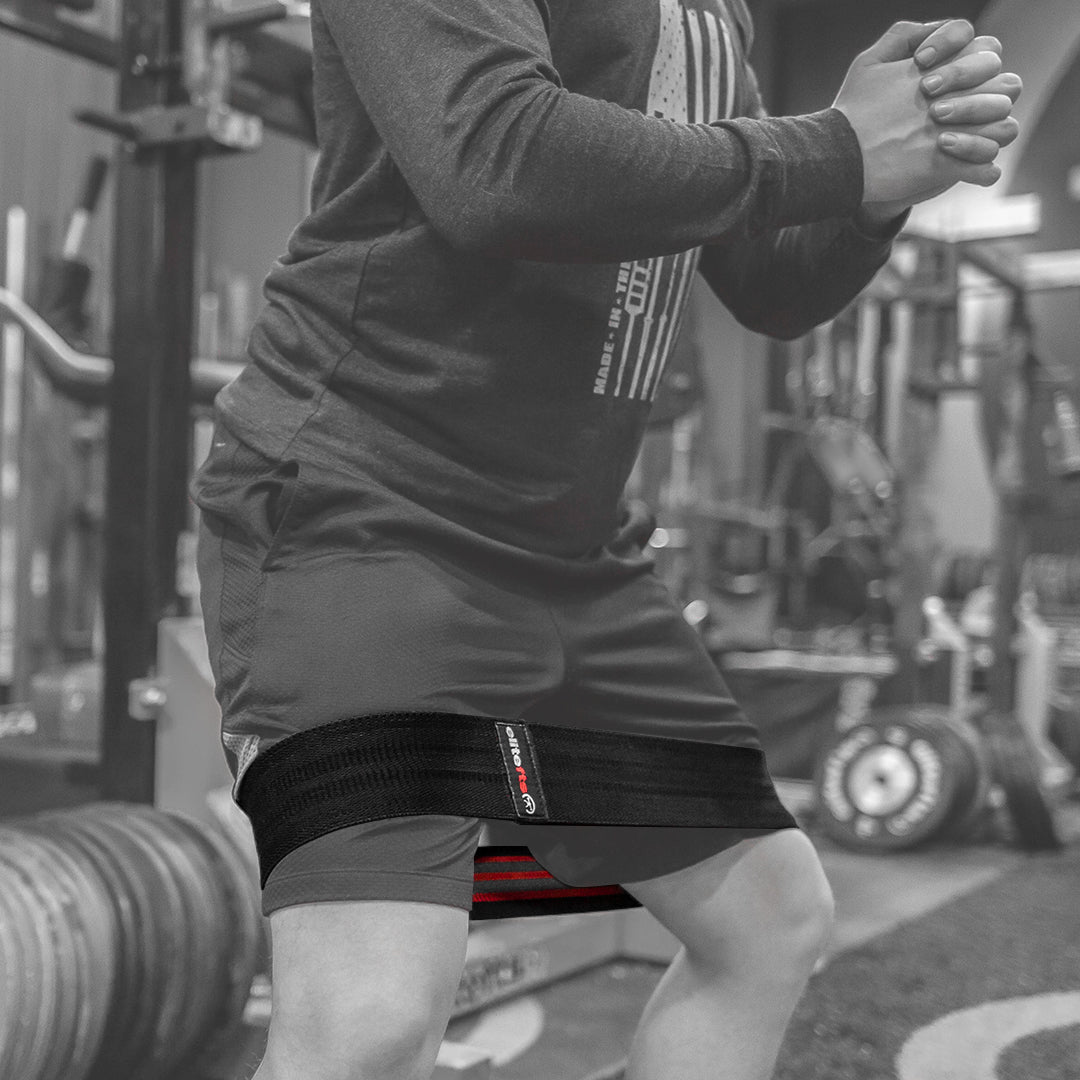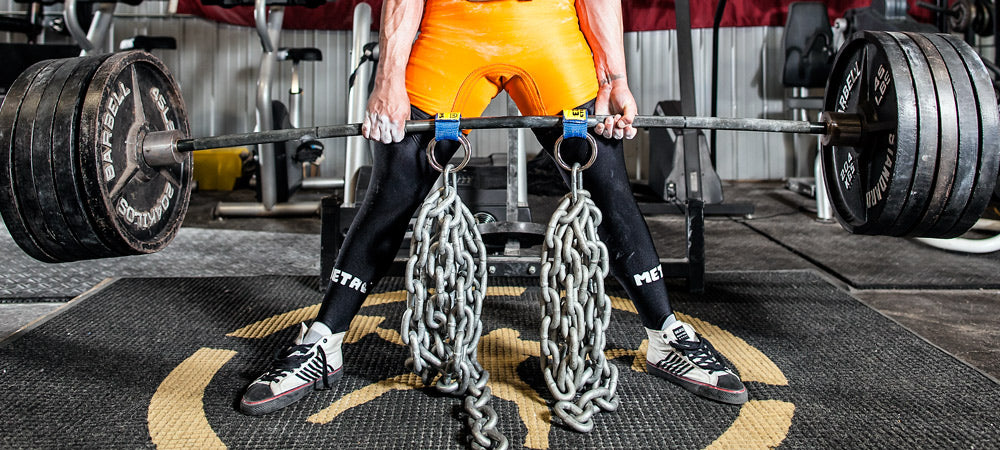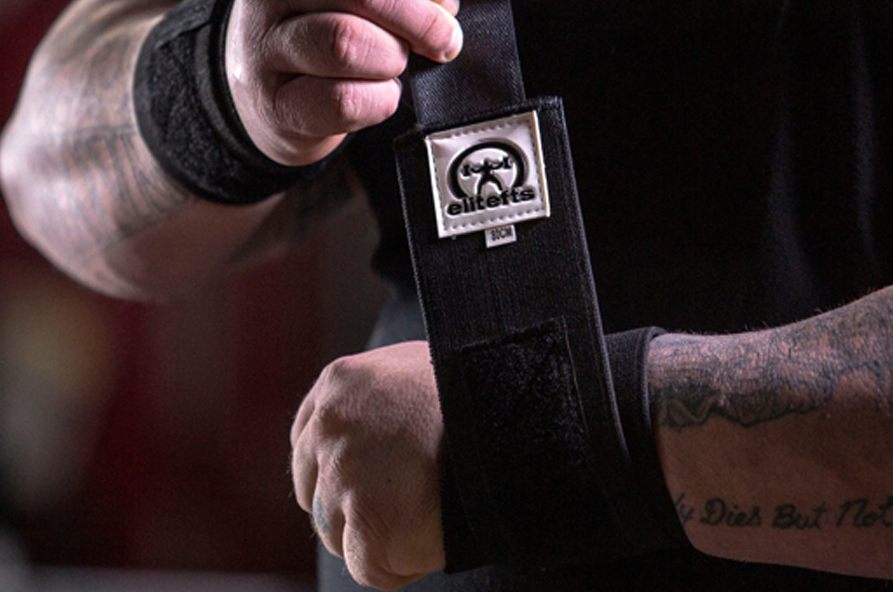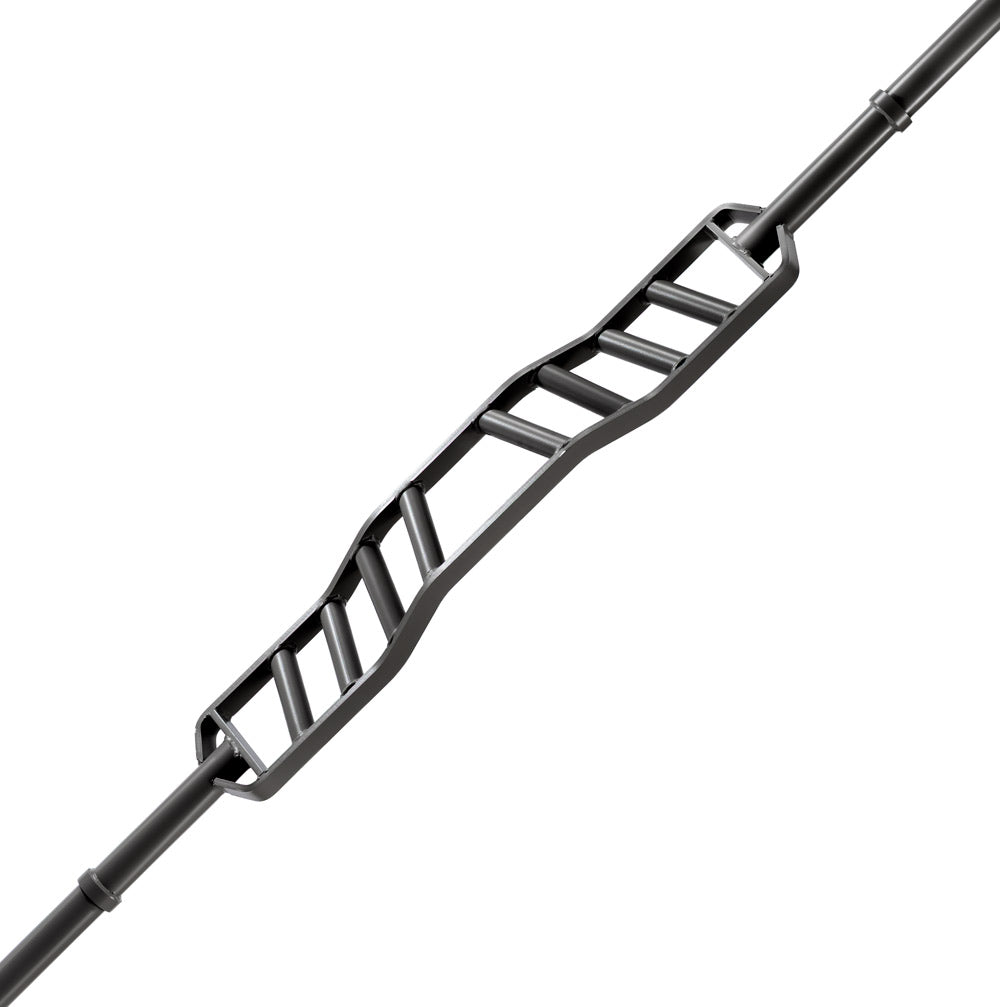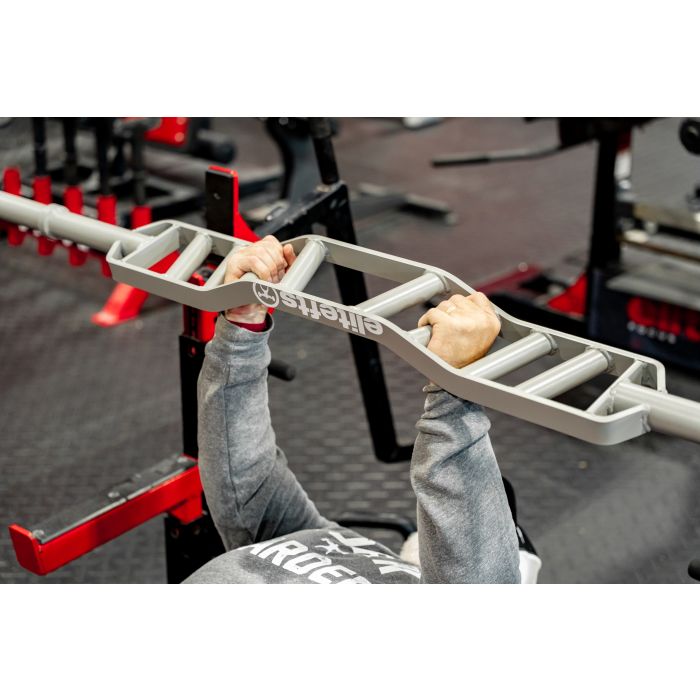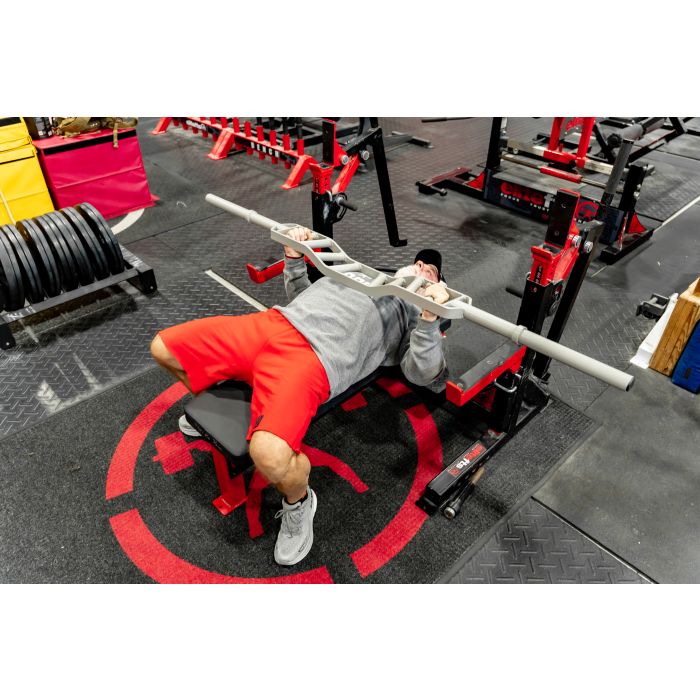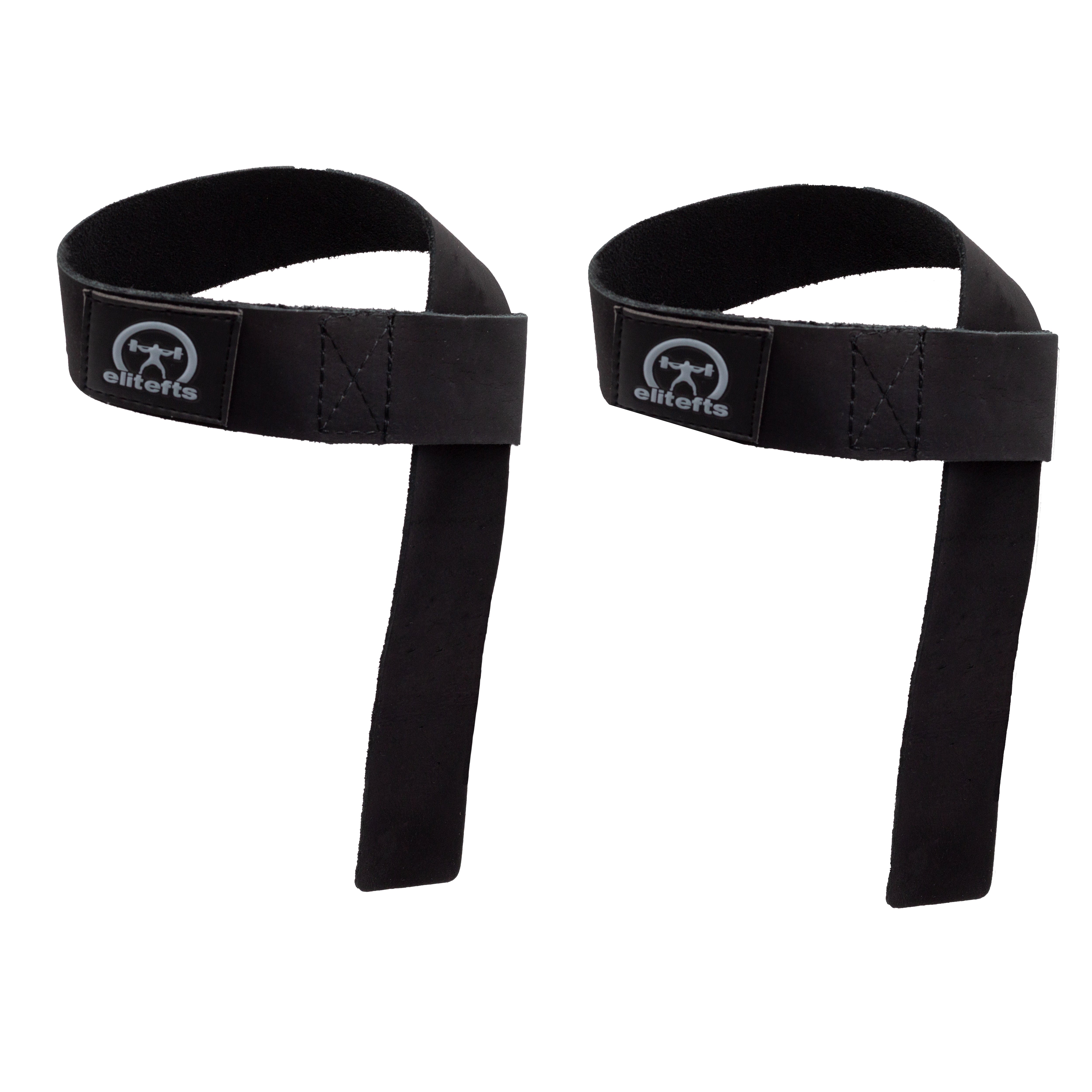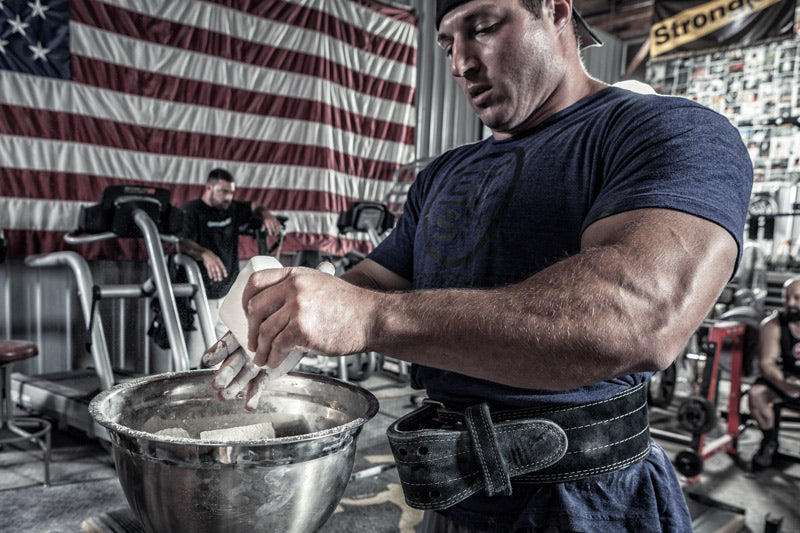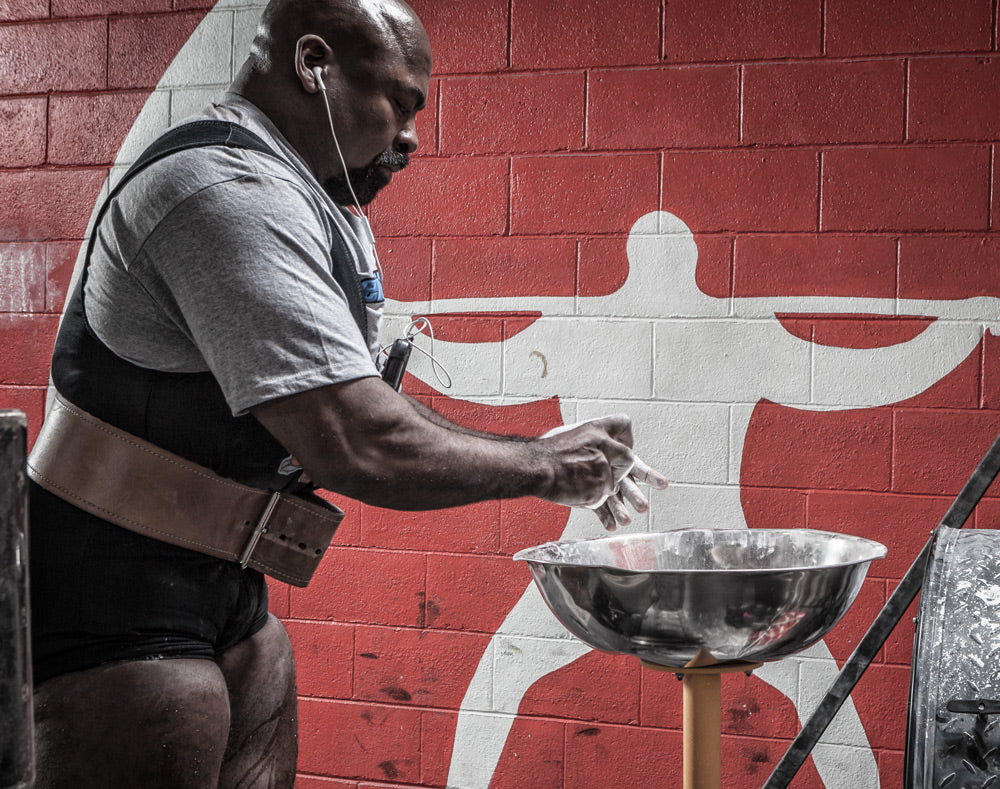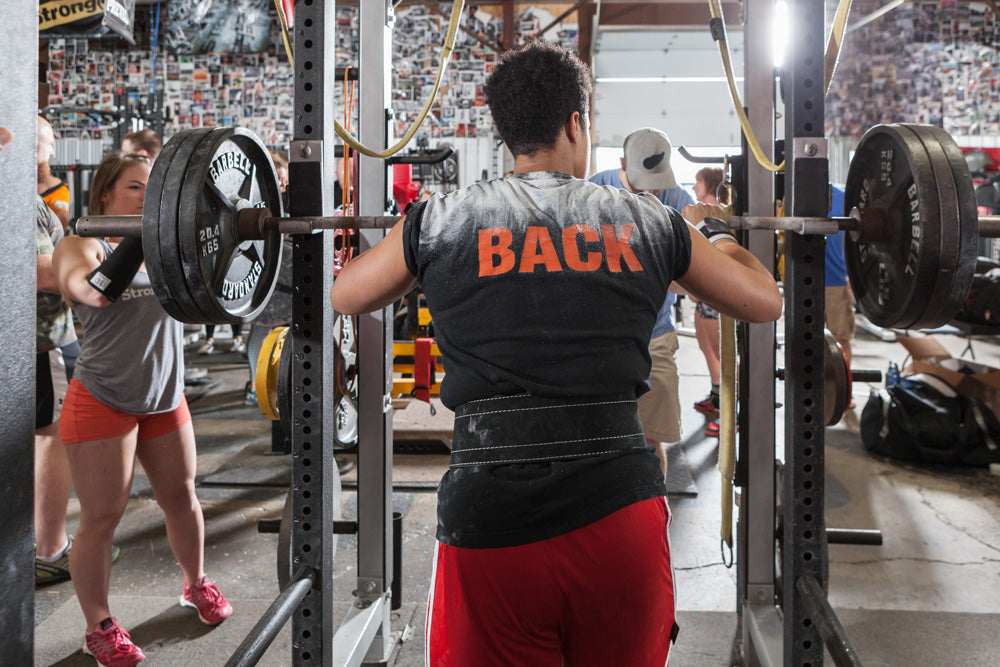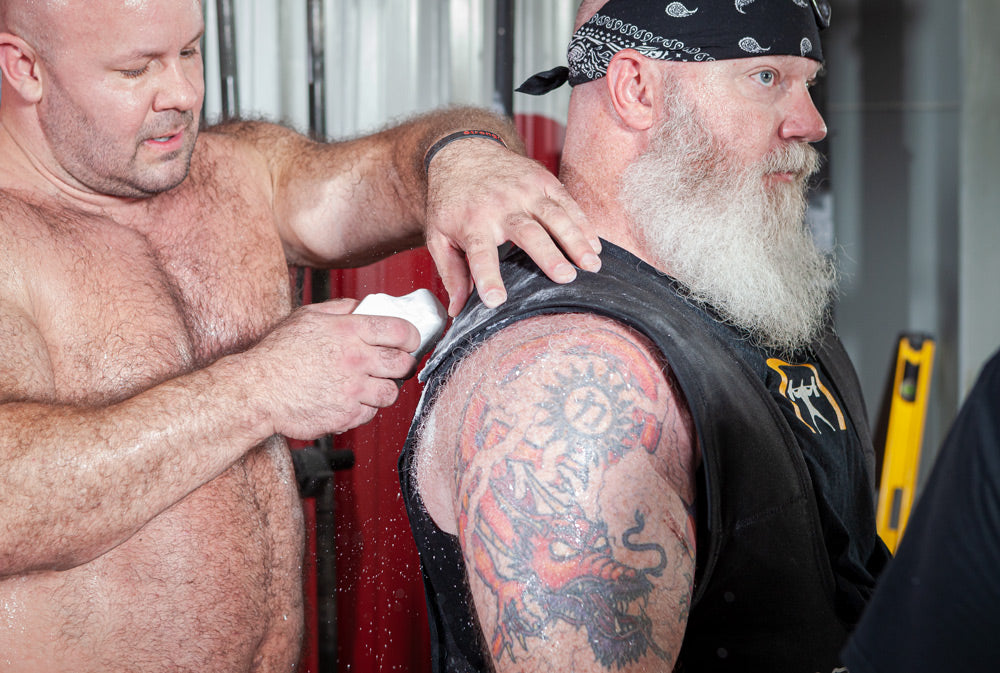If you want to get stronger, you need to get bigger. If you want to get bigger, you need to get stronger. These statements are often issued to skinny and weak lifters who would like—and need—to get both bigger and stronger. Individually, these assertions can be helpful to experienced lifters who understand how improving one quality can positively influence the other. However, when the two statements are combined and delivered to inexperienced lifters, they create a paradox that regularly causes novices confusion and frustration.
Some beginners hear these statements and believe that their training must be centered around developing one quality (size/strength) in order to achieve the other (strength/size). Thus, they employ specialized methods far too early in their training careers and wonder why their low volume strength cycles or their high volume hypertrophy routines aren't leading them to the promised land of size and strength. Newbies who aren't progressing and find themselves switching programs regularly must heed these words: If you clearly have significant amounts of both muscle mass to build and strength to gain, focusing exclusively on one quality for extended periods of time isn't the most effective long-term strategy.
Beginners thrive on simple, progressive programs that allow them to lift fairly heavy and accumulate a fair amount of volume. This is why programs centered around sets of five are so popular for guys who are just getting started. Fives represent the happy medium between lower reps, which primarily impact the nervous system, and higher reps, which mainly affect the muscular system. On the sliding scale of reps per set and training effects, sets of five are assumed to be the hypothetical point where neurological and morphological effects meet.
Nevertheless, while sets of five are good for both objectives, they aren't necessarily great for either. As trainees gain some size and some strength and progress to the intermediate stages of lifting, they often need to use slightly more specialized methods in order to continue to make progress. Heavy triples, doubles, and singles in a max-effort method framework prove to be highly effective for lifters at this point in their development, as they have built a base of new muscle mass that they can exploit with these neurologically focused methods.
However, despite the need for increasingly potent methods, these trainees must continue to accumulate a fair amount of volume in order to get bigger and fulfill their lifting potential. Neurological improvements are short-lived, and in practice, maximal strength tends to stall when the muscle mass of underdeveloped lifters remains constant for extended periods. Thus, high-volume hypertrophy training is necessary for sustained maximal strength improvements, but it must be properly integrated into the larger context of a high-intensity strength training program.
There are a number of ways to accumulate volume that can be paired with the max effort method. Lifters who adhere to a Westside style get their volume from lots of work-up sets, use of the dynamic-effort method, and a host of higher rep assistance exercises. Other lifters who stick to more traditional powerlifting programs simply do a lot of bodybuilding type work after their main lifts. A protocol that is also effective but used less often in powerlifting circles involves following max-effort lifting with back-off sets. I'm a big fan of this protocol, and I would like to explain how to use it and offer some insights regarding why it can work.
Simple size and strength
Essentially, the max-out, back-off protocol involves working up to a top low rep set in a particular exercise and then decreasing the weight and doing a number of back-off sets with the same exercise. The number of reps per set is usually increased during the back-off sets.In case that simple explanation is not enough to illustrate the process for you, here it is in a few more words:
Part 1, work up to a top set: The first part of this protocol involves warming up and working up to the heaviest weight you can lift for the designated number of reps. So if you plan on doing sets of two reps, you will incrementally work your way up from light weights to the most weight you can lift for a double. This is already a fairly standard procedure for most lifters, and I don’t think a lengthy example is needed to demonstrate this simple process.
Part 2, do some back-off sets: After completing your top set, take some weight off the bar and do your back-off sets. If you want the training effect to be slightly more strength oriented, don't take much weight off the bar, keep your reps low, and only do a few more sets. If hypertrophy is your primary goal, take off a bit more weight and do more volume by increasing the number of reps per set and/or doing a higher number of sets. Also, you can use the same weight for each of your back-off sets or you can decrease the weight slightly after each set. Taking your final set to failure is also a useful option. Experiment with this part of the protocol and figure out which tweaks allow you to complete the highest number of high quality heavy reps. If you aren't comfortable auto-regulating your volume, I suggest that you use these modified versions of Prilepin’s table that I created as guidelines:
[caption id="attachment_54812" align="aligncenter" width="600"]

Made by Andrew McGonagle, strengthmusings.blogspot.com[/caption]
Note:
- When doing singles, doubles, or triples, use combinations of sets at @8, @9, @10 RPE to reach the optimal number of lifts.
- @10 RPE represents the maximal and repeated effort methods.
- Keep in mind that doing the optimal number of lifts is not required; know when to do less and when to do more.

Made by Andrew McGonagle, strengthmusings.blogspot.com[/caption]
Maximal Effort Method:
- 1-3 reps @10 with training maximum.
- Little ability to produce muscle hypertrophy due to minor amount of mechanical work performed.
- After initial acceleration, velocity usually constant and relatively slow, meaning that the force produced is approximately equal to the weight on the bar.
- Weight is lifted with sincere exertions to failure (@10).
- More mechanical work performed, therefore has a greater influence on the inducement of muscle hypertrophy.
- Maximal number of motor units that can be recruited with sub-maximal weights are recruited in the final lifts.
- Final lifts in set are executed with fatigue, possibly compromising technical efficiency.
- Muscular efforts in the initial sub-max reps are concentrated in the first part of the range of motion (acceleration).
- Biomechanical parameters in the lifts are most similar to parameters during maximal muscular efforts (increased recruitment, decreased velocity.)
As you can see, this protocol is extremely flexible and I made sure to keep my explanation of it very general. I did this because the protocol is most effective when it is tailored to the individual, physiological needs of each lifter, and properly positioned in the larger context of his personalized training program. If you know which combinations of training variables create the training effects that will address your individual needs and increase your maximal strength, programming becomes much simpler.
While a comprehensive discussion regarding needs, assessments, and training effects is beyond the scope of this article, the majority of lifters can get by with a limited understand of these topics anyway. All most people really need to know is that maximal strength is primarily influenced by both intermuscular and intramuscular coordination and the cross-sectional area of muscle fibers. Coordination for maximal strength is best improved by high-intensity lifting, and hypertrophy tends to occur when volume is high. Tweak the max-out, back-off protocol to emphasize your most pressing needs and figure out how to optimize your training volume to accommodate your training frequency, and you will make progress. You aren't a biological anomaly. Lifting will make you stronger if you do the right things the right way.
Why it works
Specificity: The body adapts to exercise in a highly specific manner. You get stronger in the positions and patterns that you train in, so doing the exact movements you plan to perform in competition is critical. When training for powerlifting, this obviously means you need to squat, bench, and deadlift. In my opinion, the overwhelming majority of lifters would be better off performing their competition style movements week in and week out rather than rotating movements. Too many lifters change exercises too often, and they go into meets hoping for carryover instead of knowing that they're prepared for personal records.Doing the competition style lifts regularly ensures that the coordination improvements brought about by strenuous high intensity lifting are readily applicable. Also, accumulating volume with the competition style lifts promotes hypertrophy of the exact muscle groups that contribute to the performance of the lifts.
Efficiency: I always chuckle when I browse beginners’ training logs and see long lists of exercises that make up marathon lifting sessions. If these trainees truly performed each exercise in a manner that positively influenced their maximum strength, their workouts would likely last close to three hours. Factor in proper rest periods, the time wasted waiting for equipment at commercial gyms, and whatever mobility work they may perform, and it becomes evident that these guys could do more with less. The max-out, back-off protocol can streamline the training process by confining lifters to one movement using one piece of equipment for the majority of each training session. Instead of wasting time cycling through an array of assistance exercises, lifters will spend the majority of their gym time doing their main lifts when using this protocol.
Practice: In my experience, being able to consistently perform the power lifts with sound technique should be an incredibly cognitive affair. While motor learning and the resultant motor patterns are largely automatic processes, troubleshooting technical flaws requires lifters to consciously thumb through their knowledge of proper exercise set up and biomechanically optimal execution and deliberately make the proper adjustments.
While many sports require athletes to quickly respond to changing environments, powerlifting is a relatively slow activity with fairly consistent demands. There is time to think, especially during the set up for each lift. Learning what to think and, consequently, what to do when setting up for a lift takes a considerable amount of practice. This processing occurs independently for each individual exercise. Therefore, it is beneficial to spend more time squatting, benching, and deadlifting because you won't become a better technician by leg pressing, doing triceps extensions, and frying your hamstrings on the leg curl machine.
As an aside, training with a group of knowledgeable lifters can streamline this practice process. Being surrounded by people who know the lifts and can offer suggestions often saves individuals from the frustrations of searching for solutions independently. However, the struggle to fix a faulty movement and the resultant satisfaction when an answer is obtained does seem to deliver a more lasting mastery than one patched by outside sources. There are pros and cons to each situation, and understanding this observation should help athletes and coaches tailor their training experience to meet their various goals.
Maxing out, backing off, and wrapping up
Improving your lifts doesn't need to be a complicated process. Lift heavy to improve coordination, accumulate volume to build muscle, adjust your training volume to accommodate your training frequency, and make sure to gradually do more work over time. Stop messing around with silly variations of the main lifts and stop hoping all the assistance work you're doing will carry over. Instead, fight for each pound added to your lifts by doing the lifts. Strive to add more useful muscle to your frame. Squatting, benching, and deadlifting will make you stronger at those three lifts if you're doing enough of the right kind of work. Do the work!


